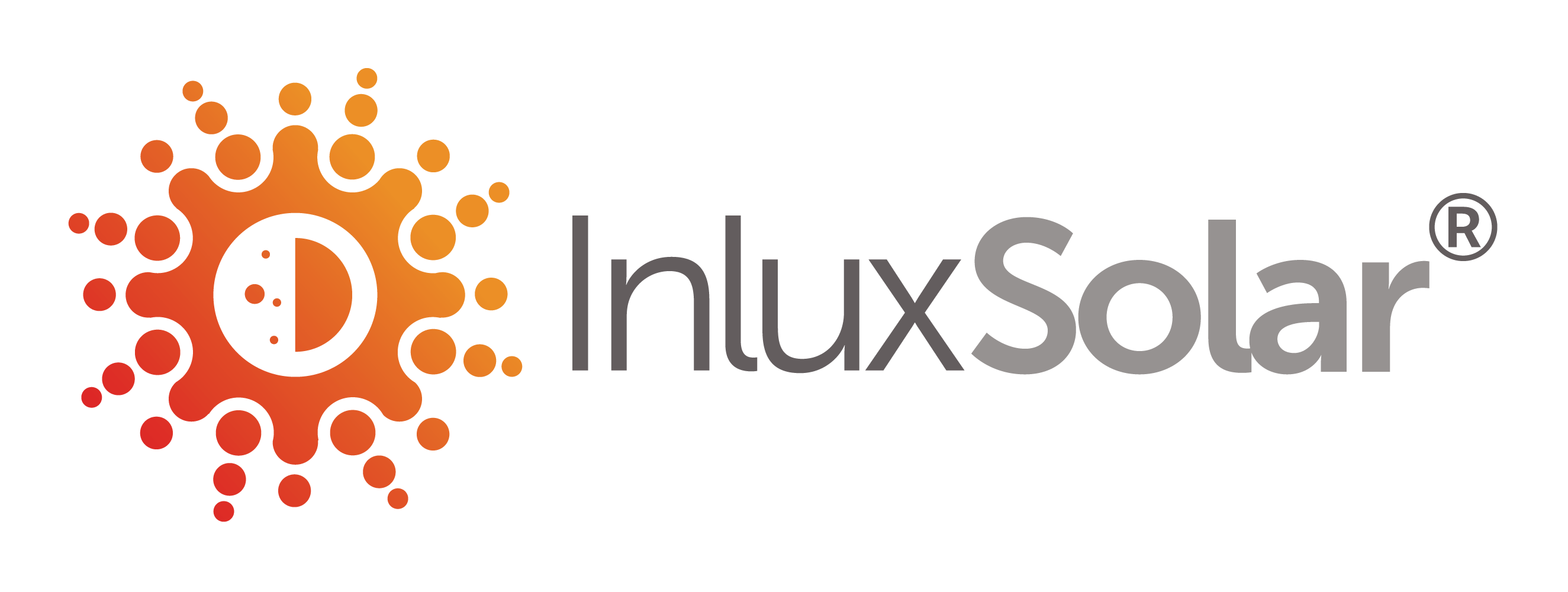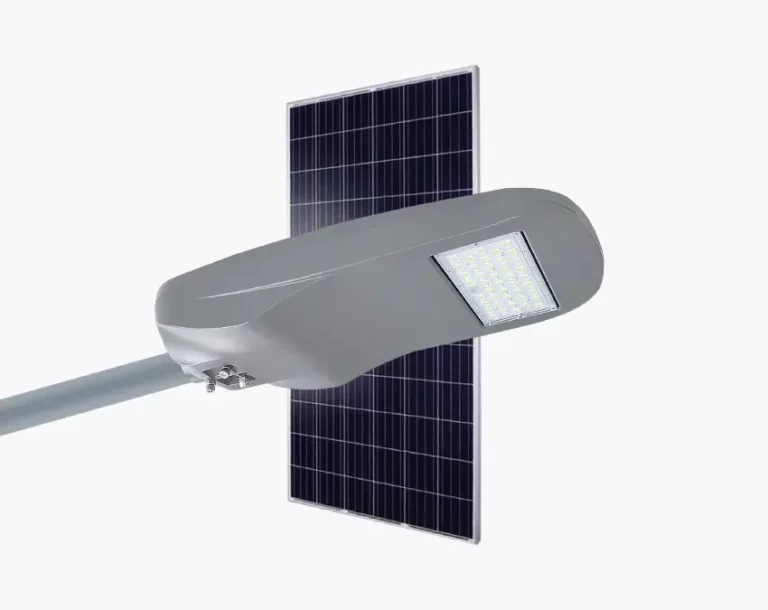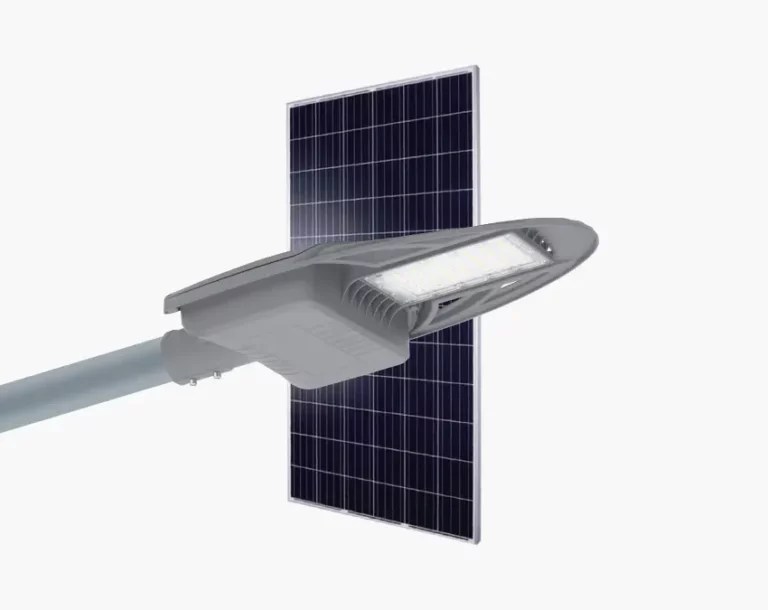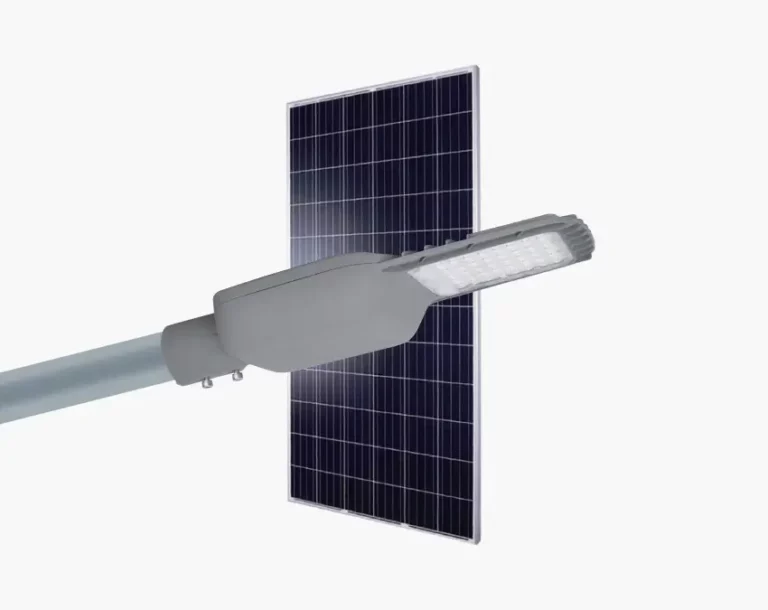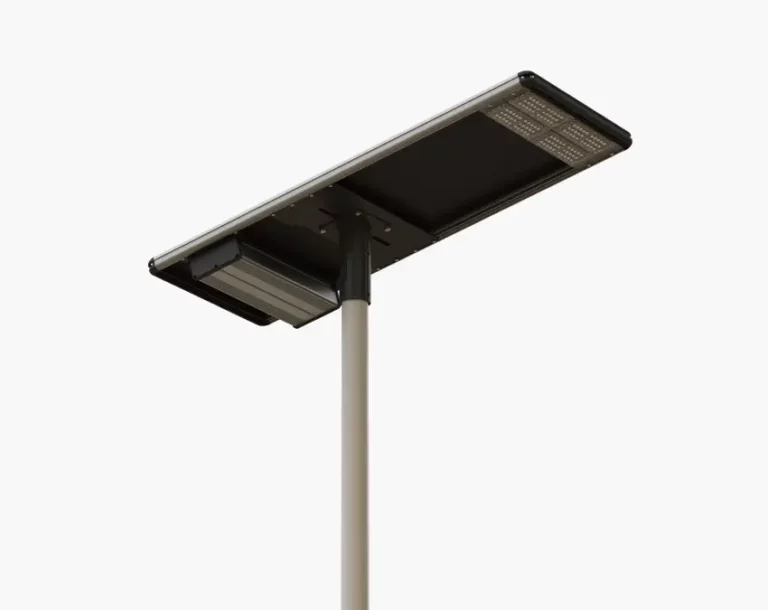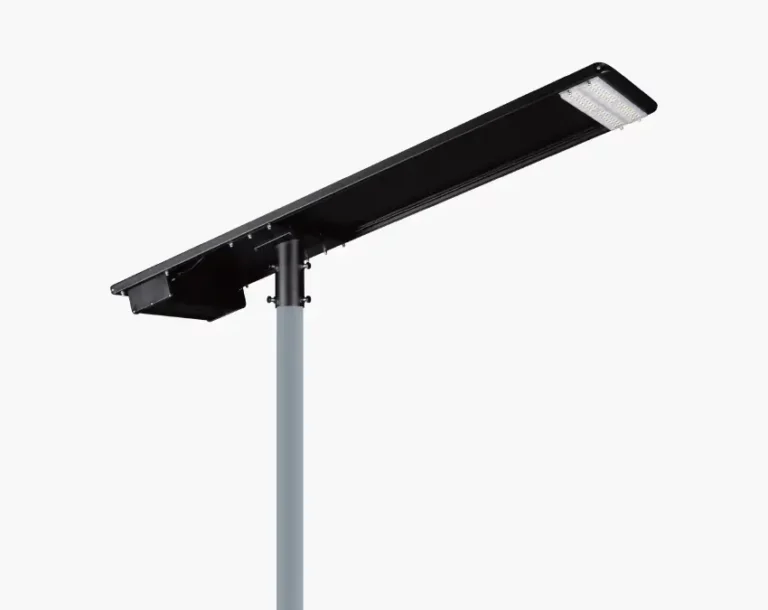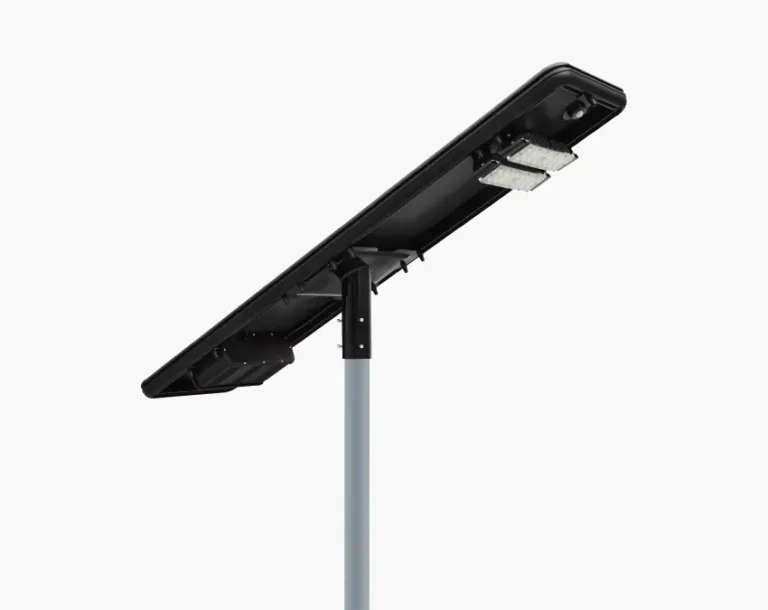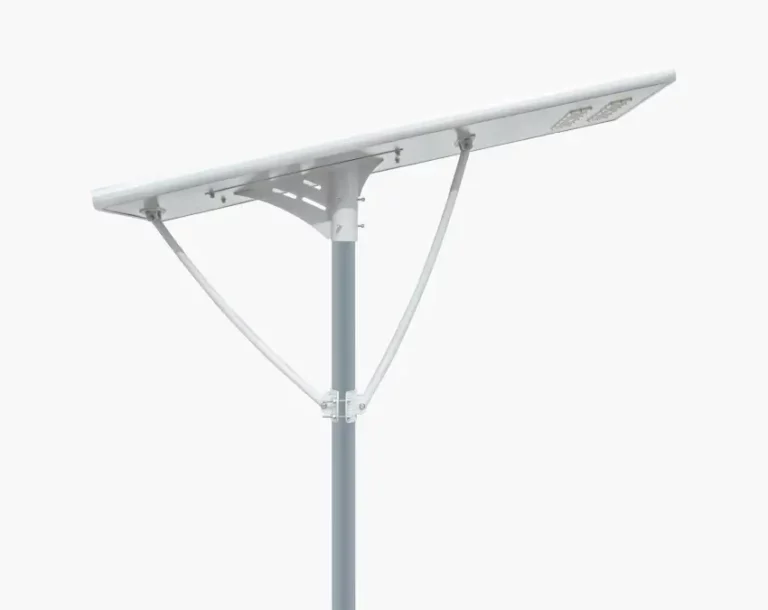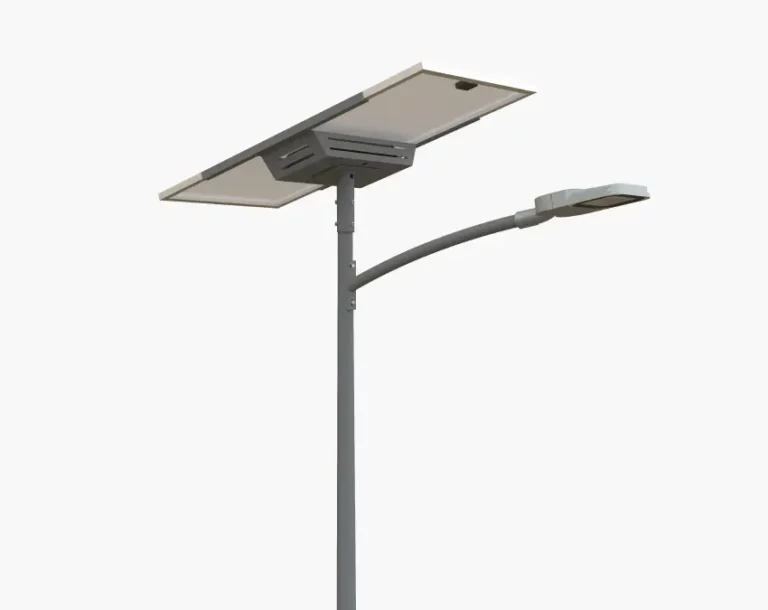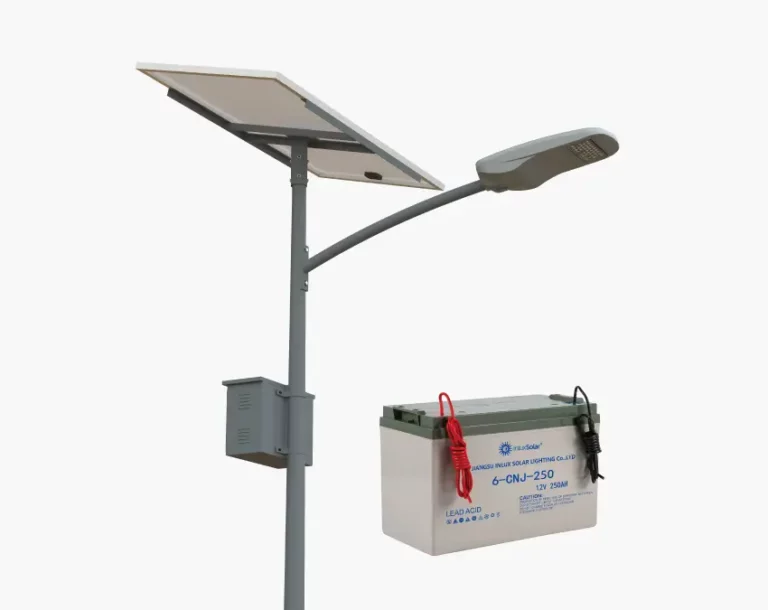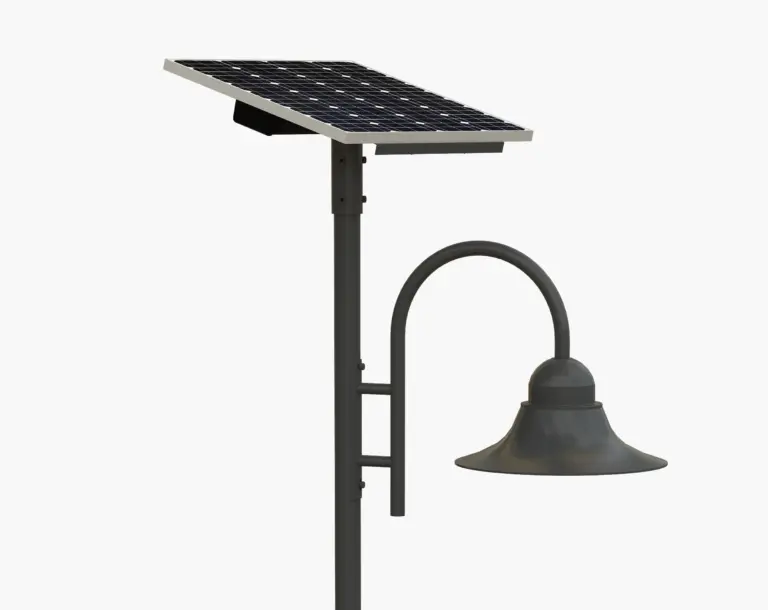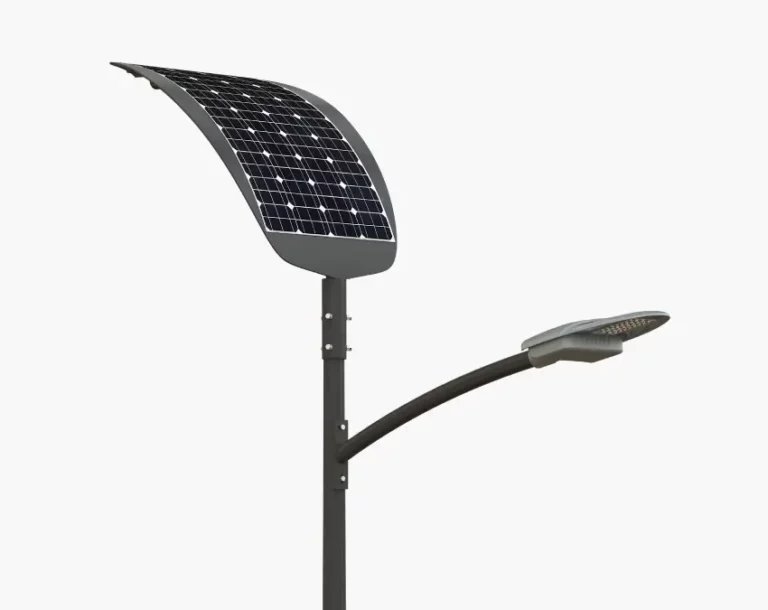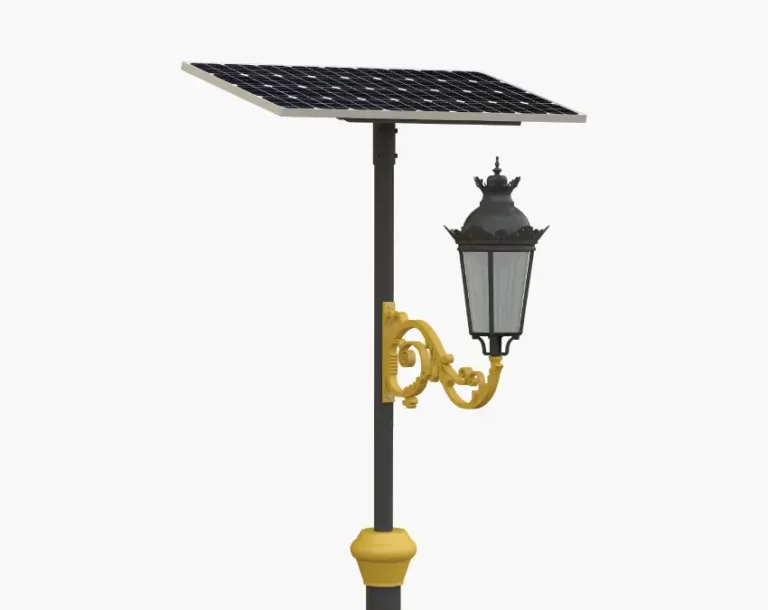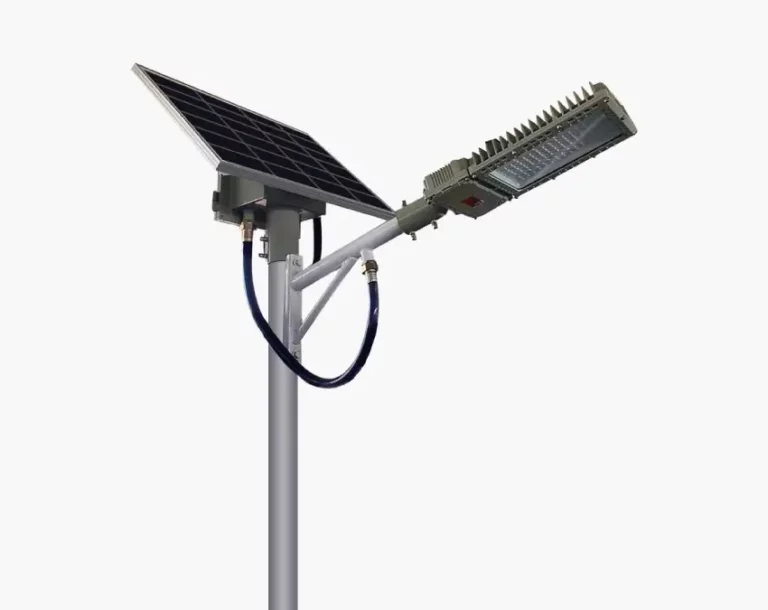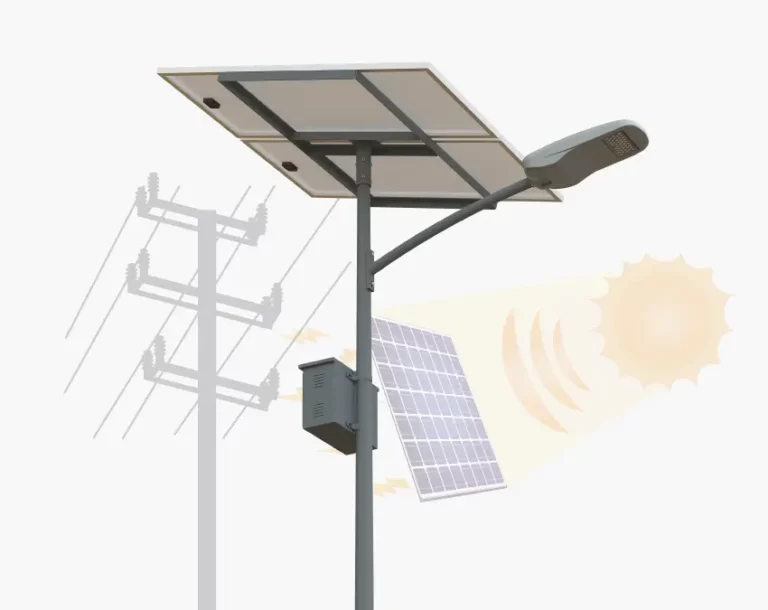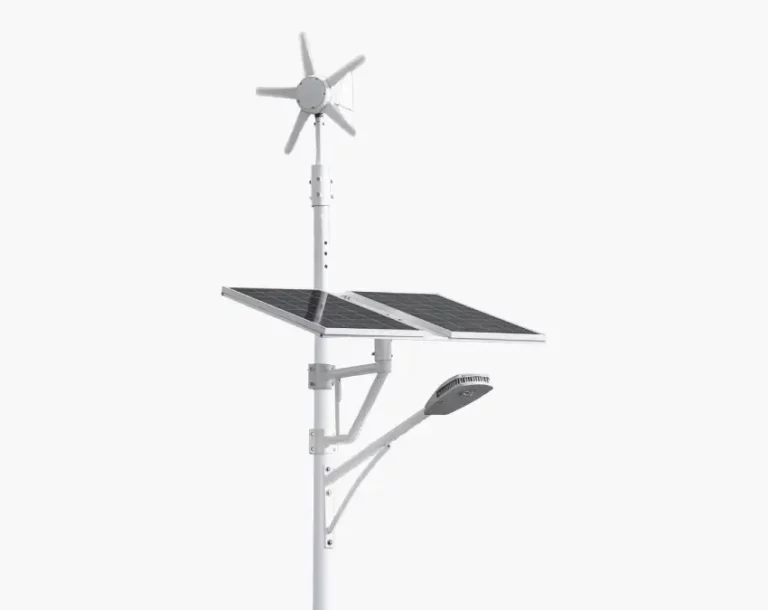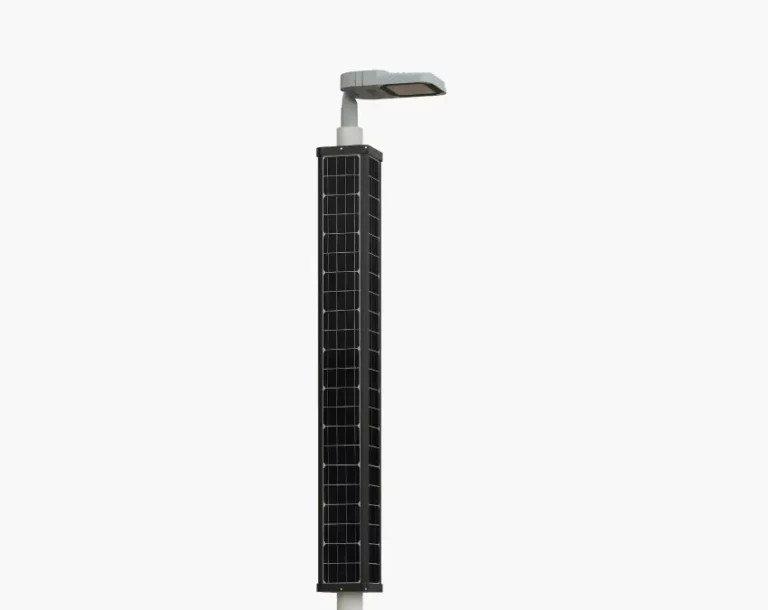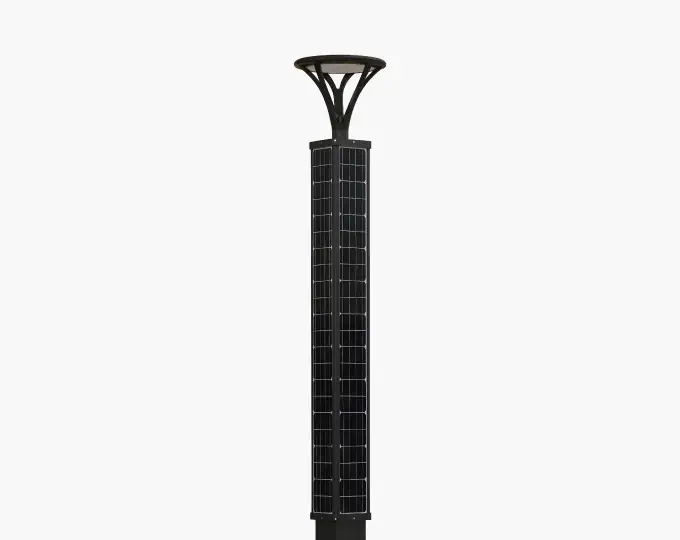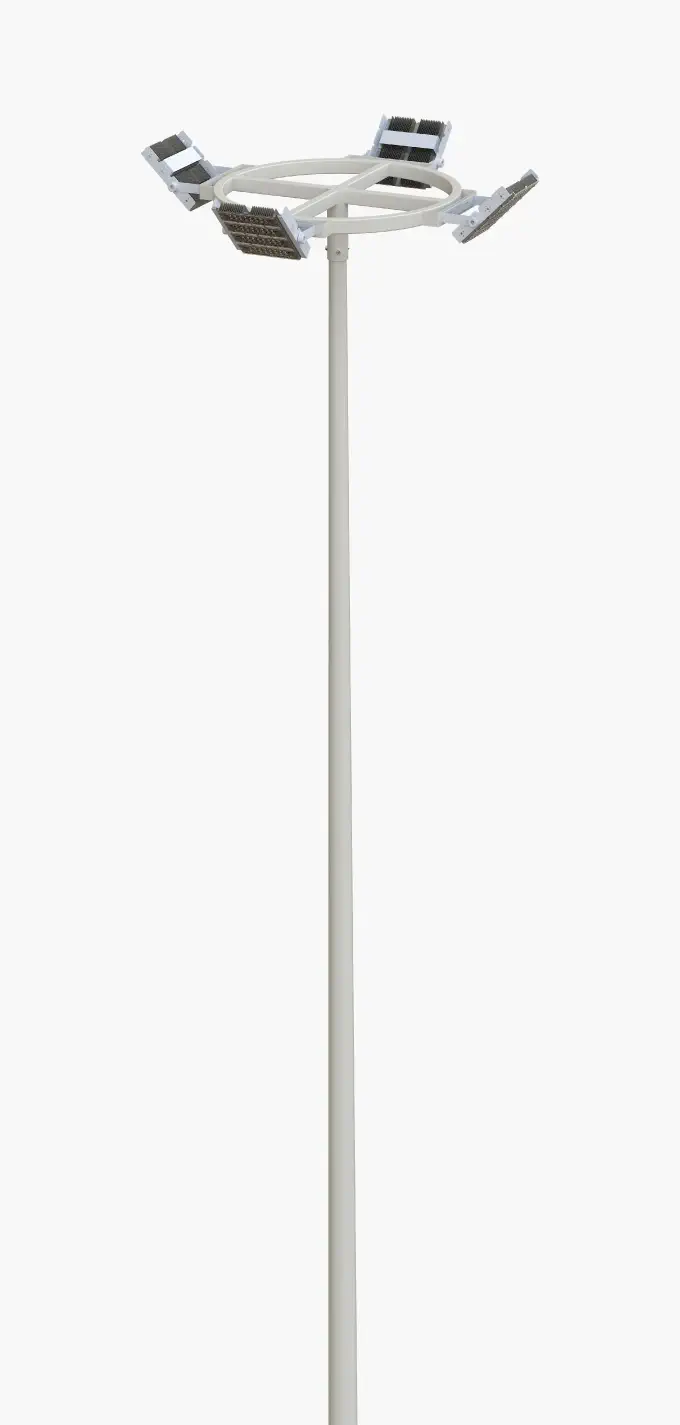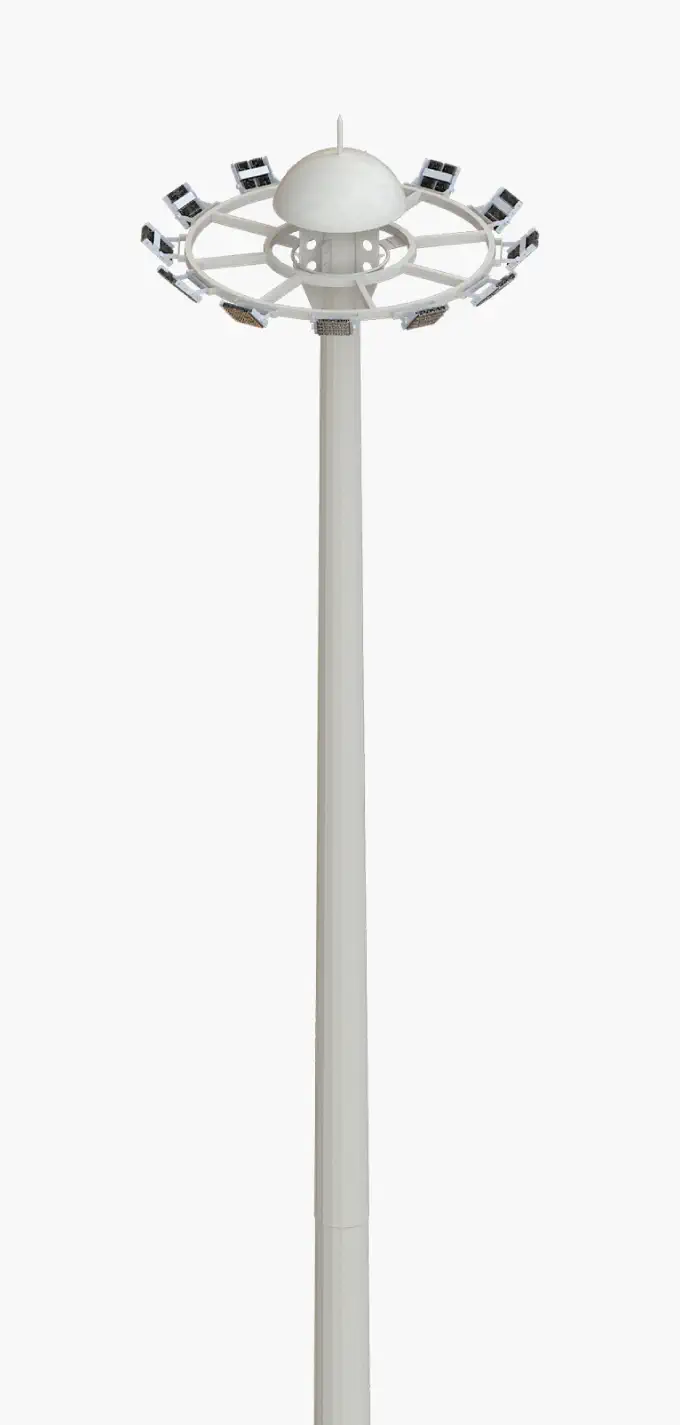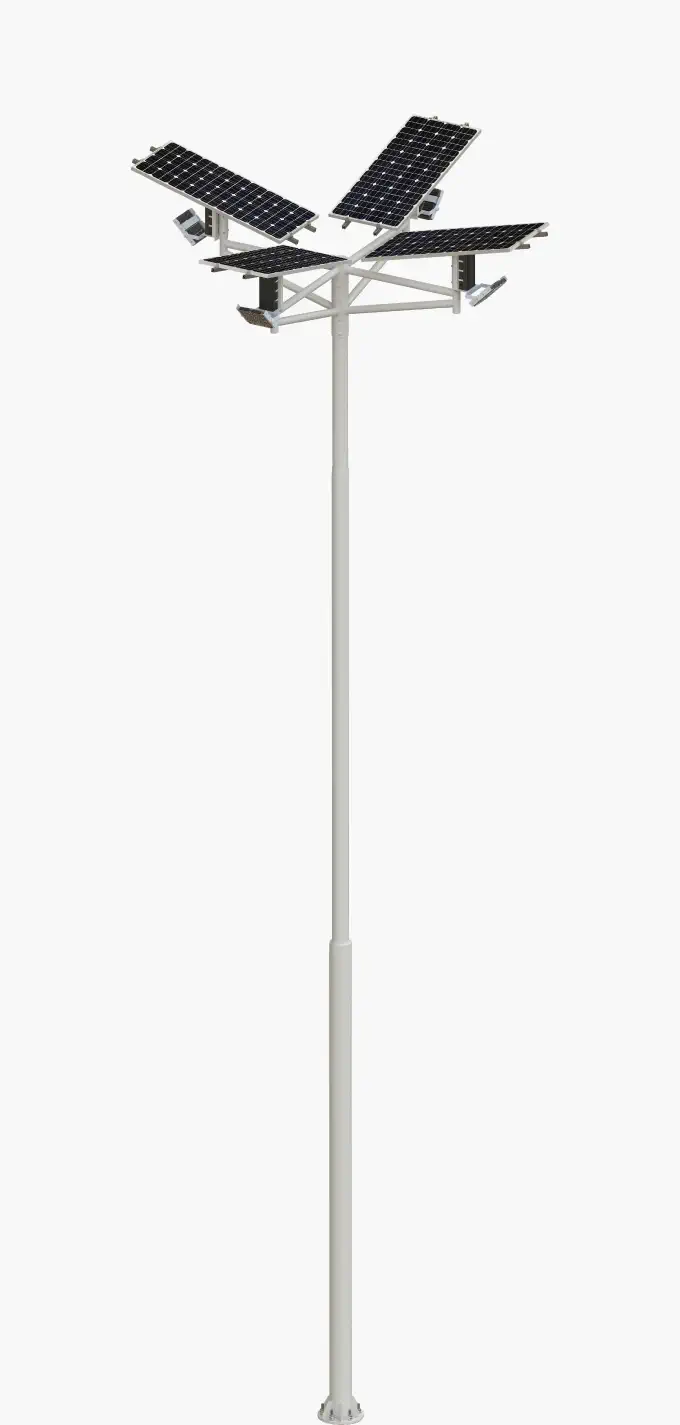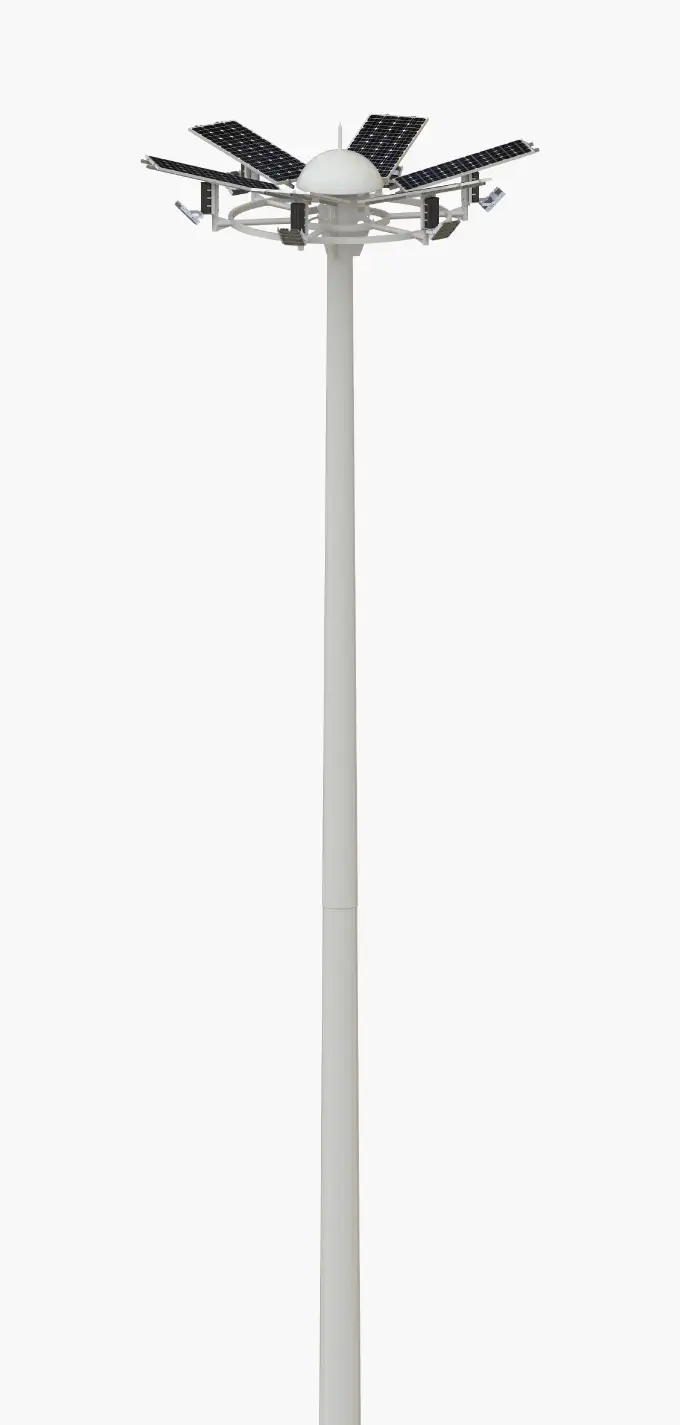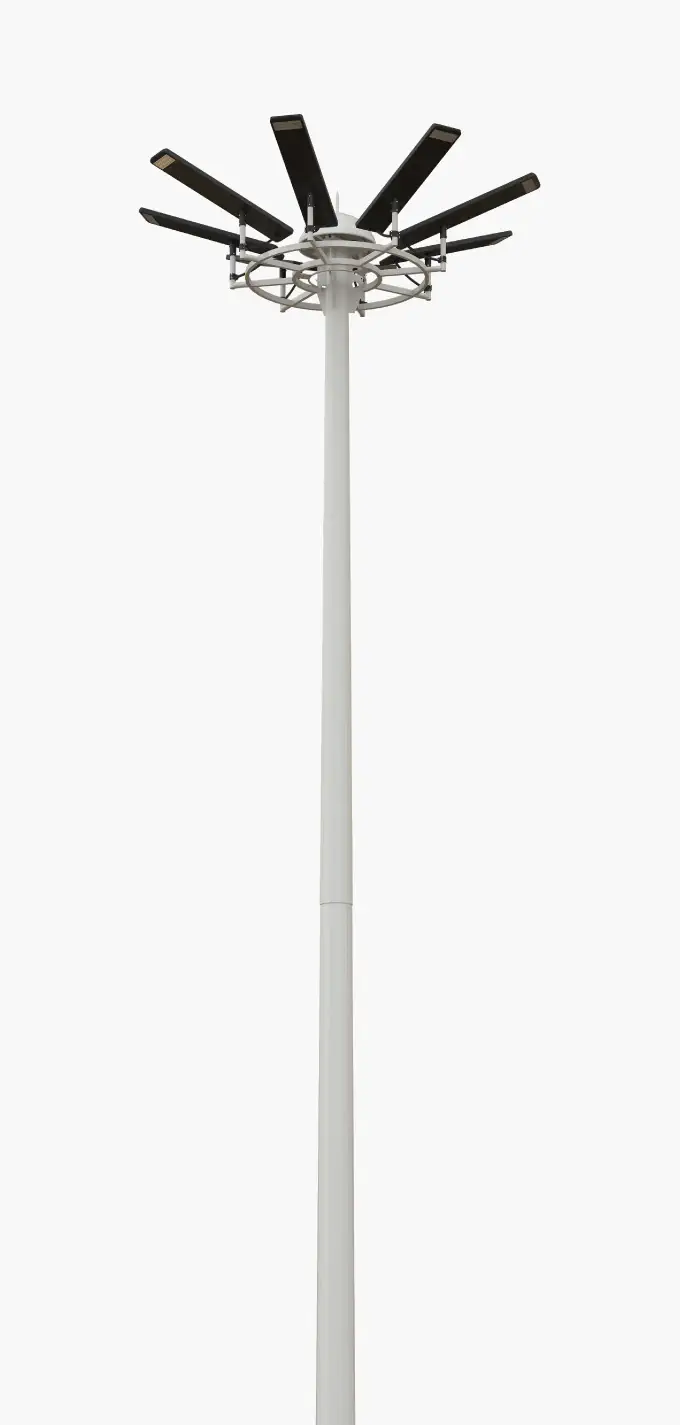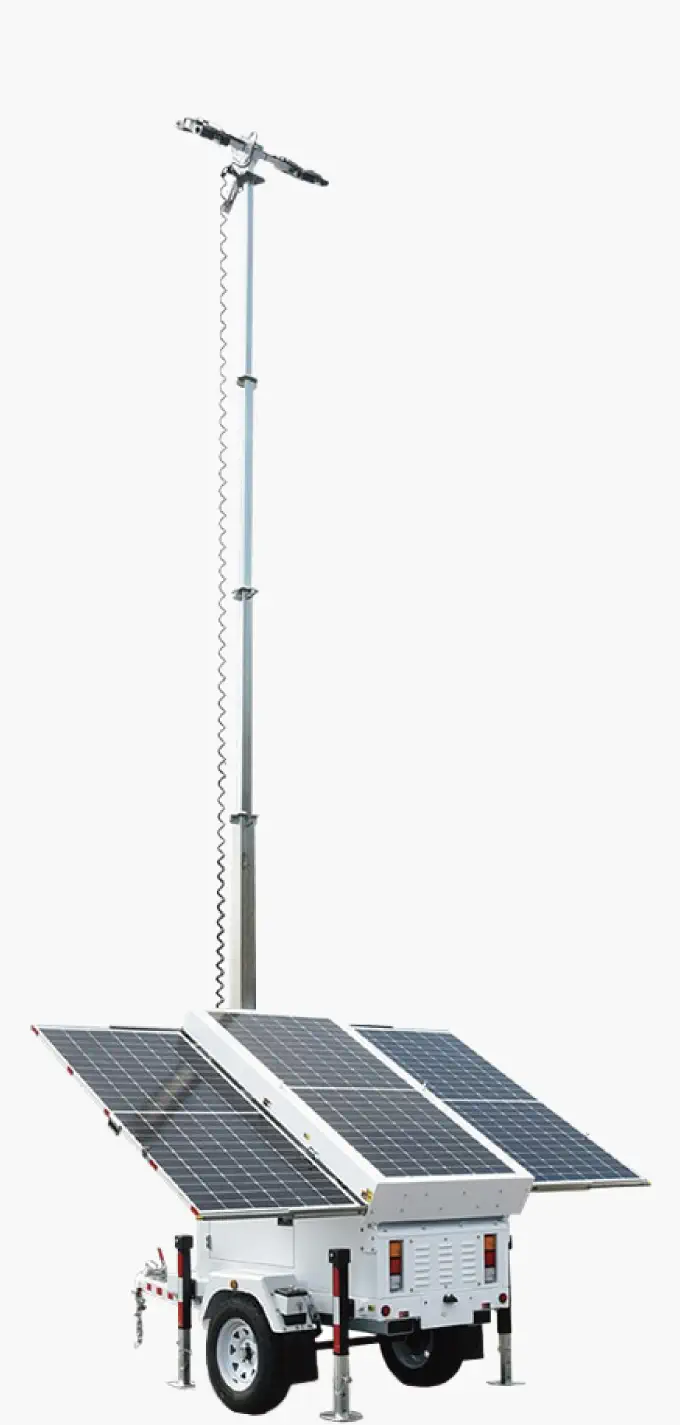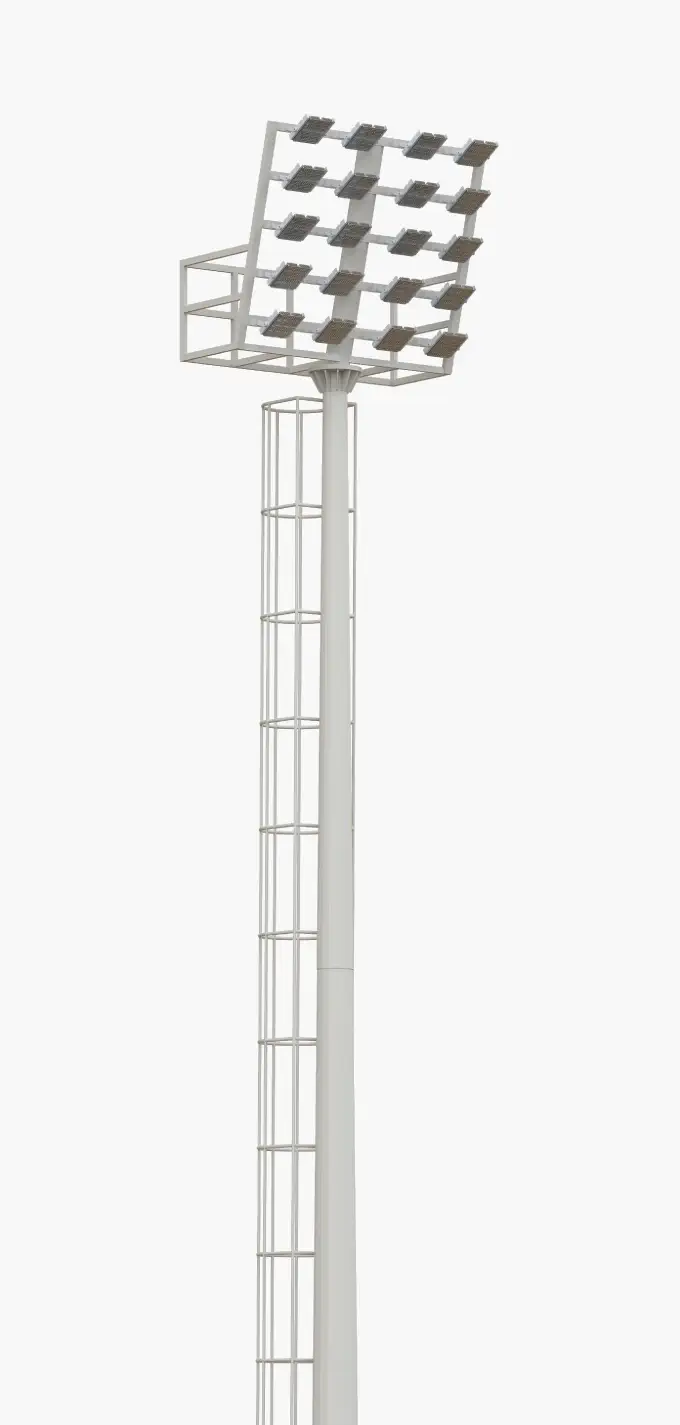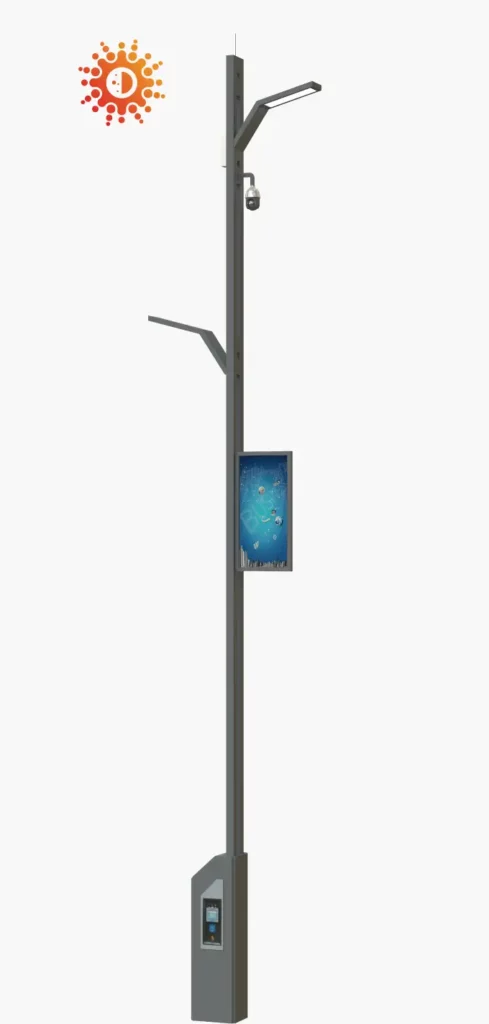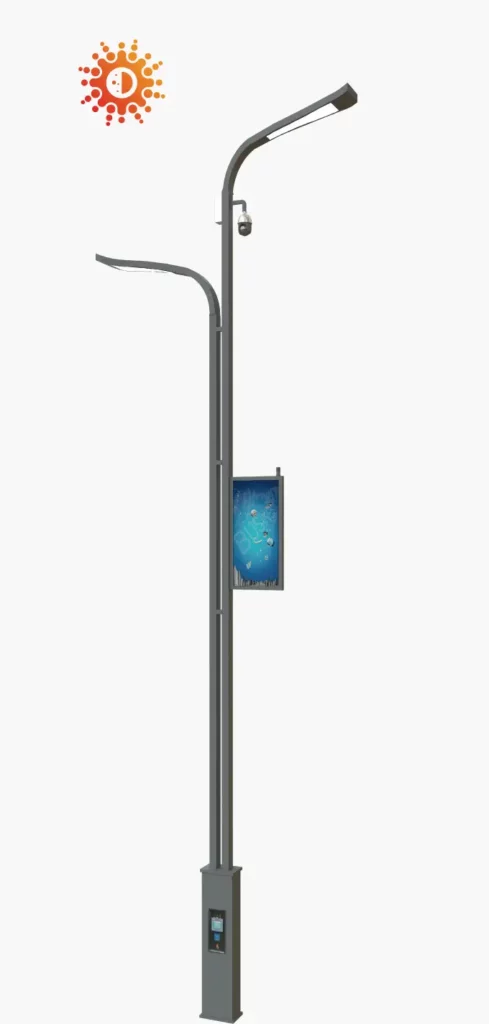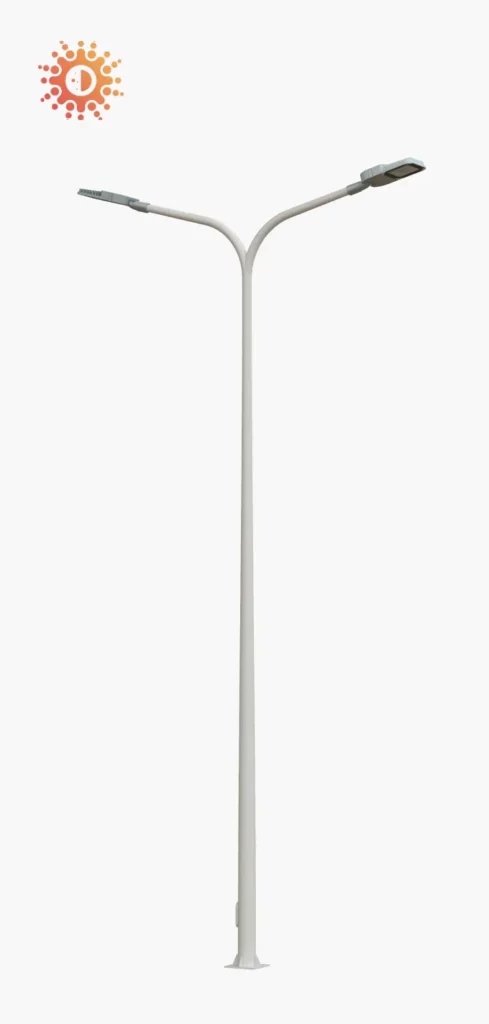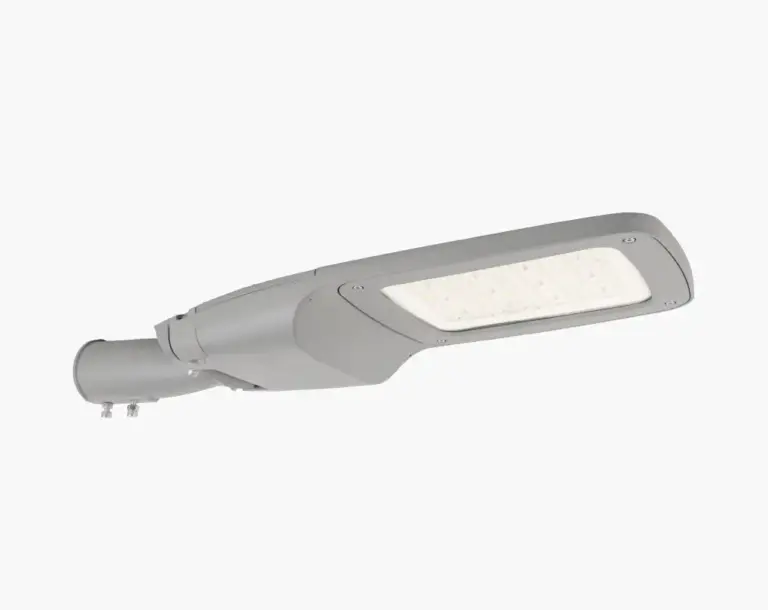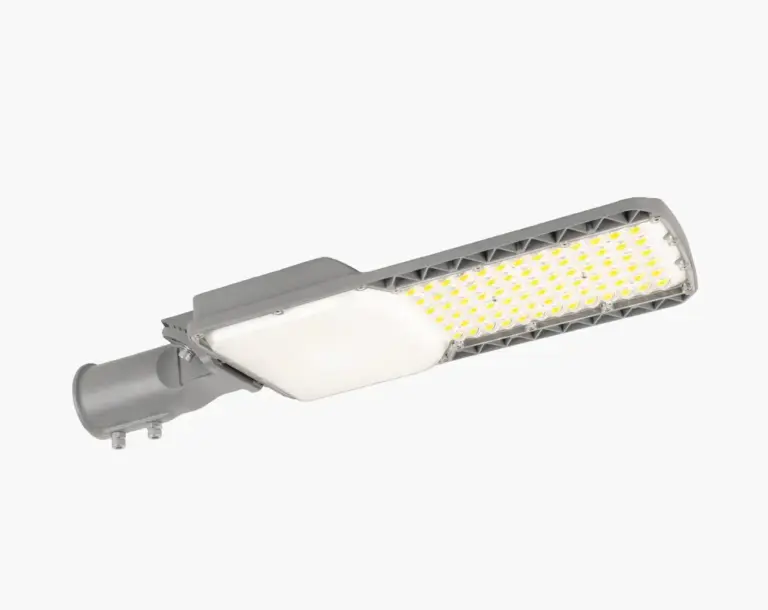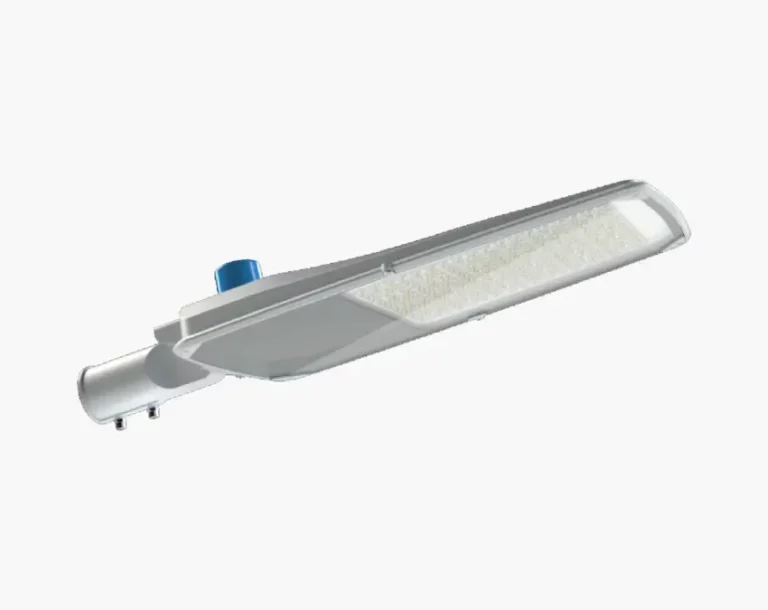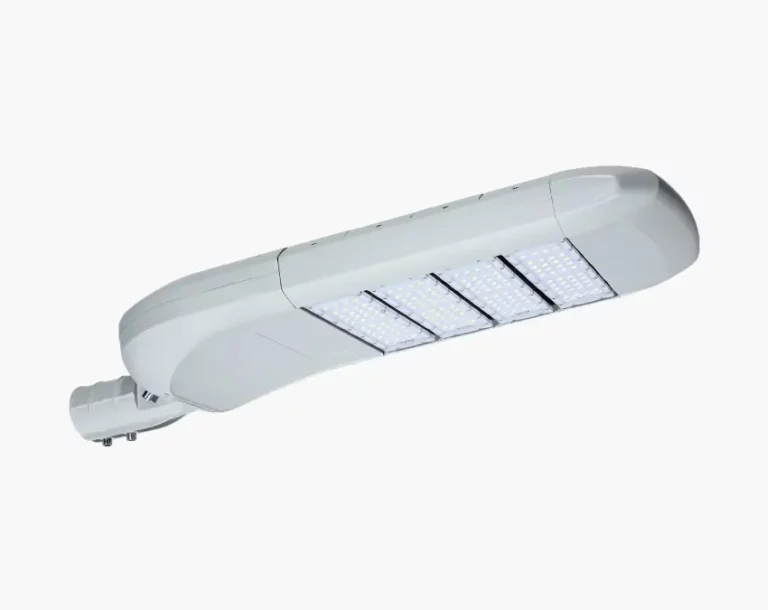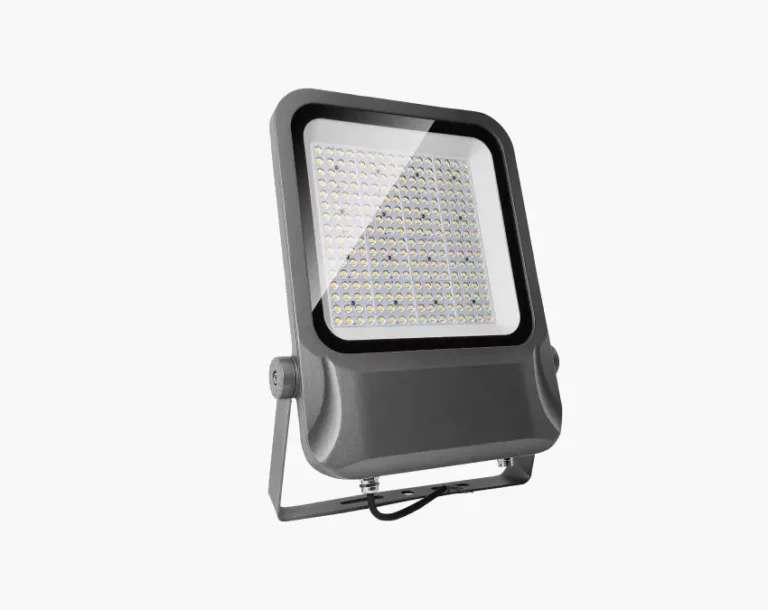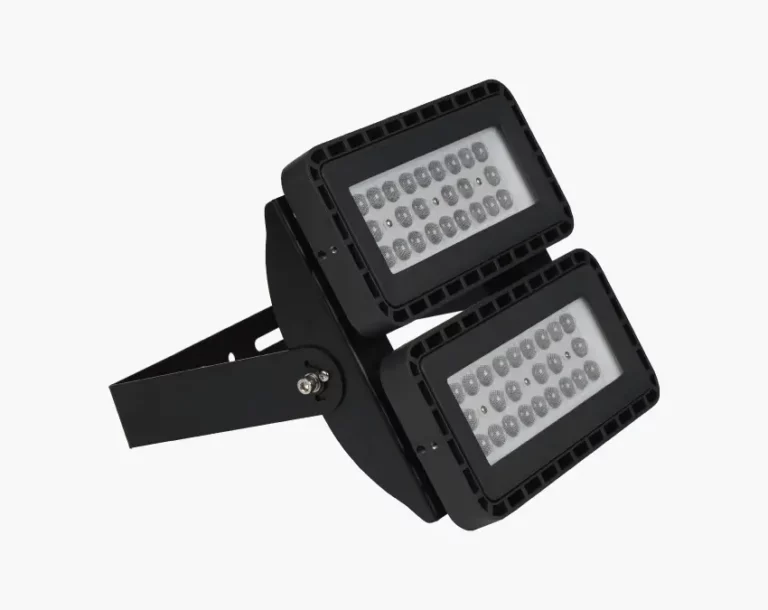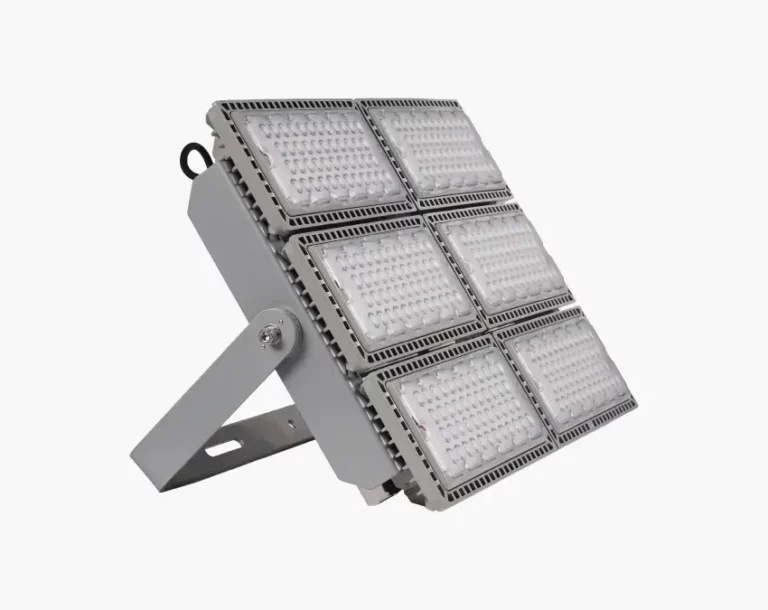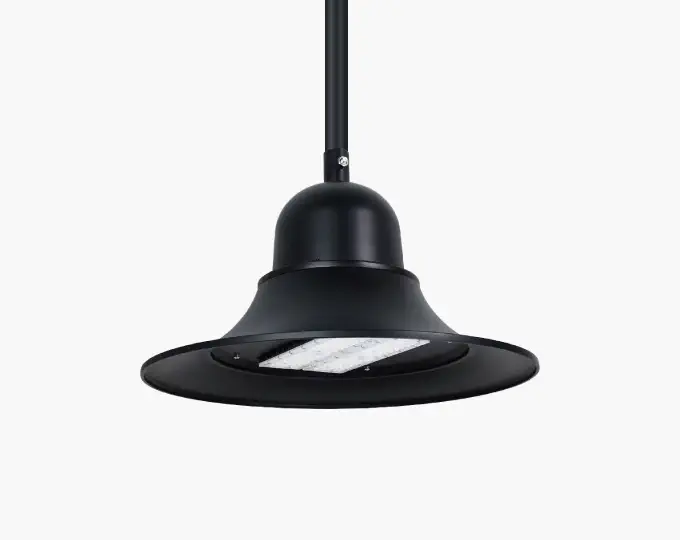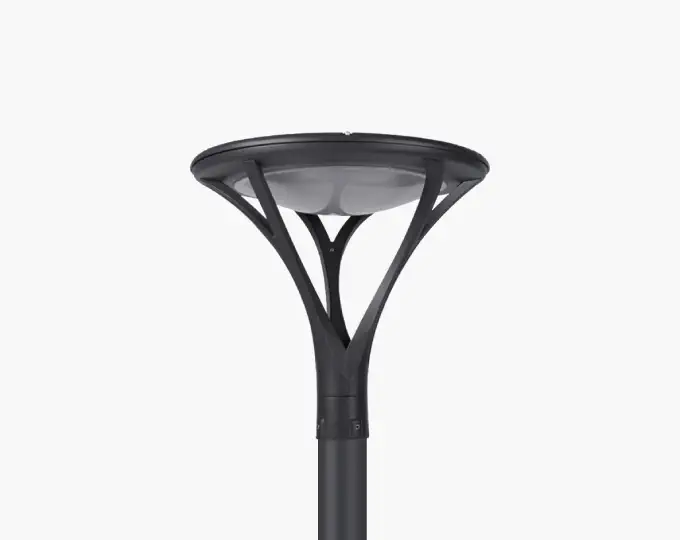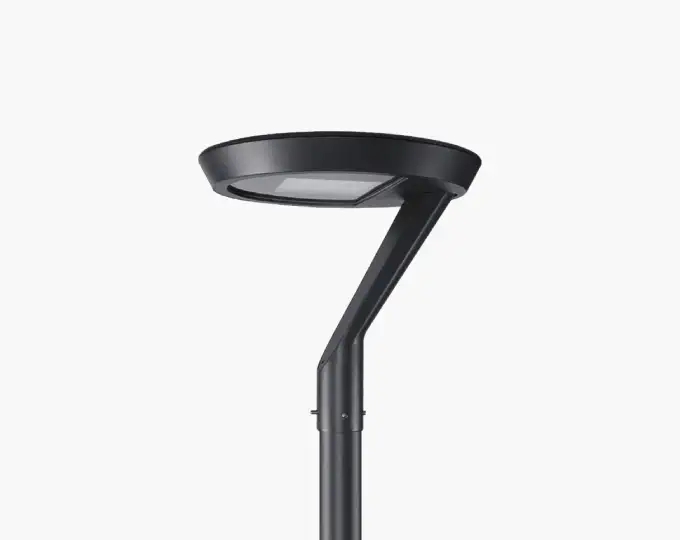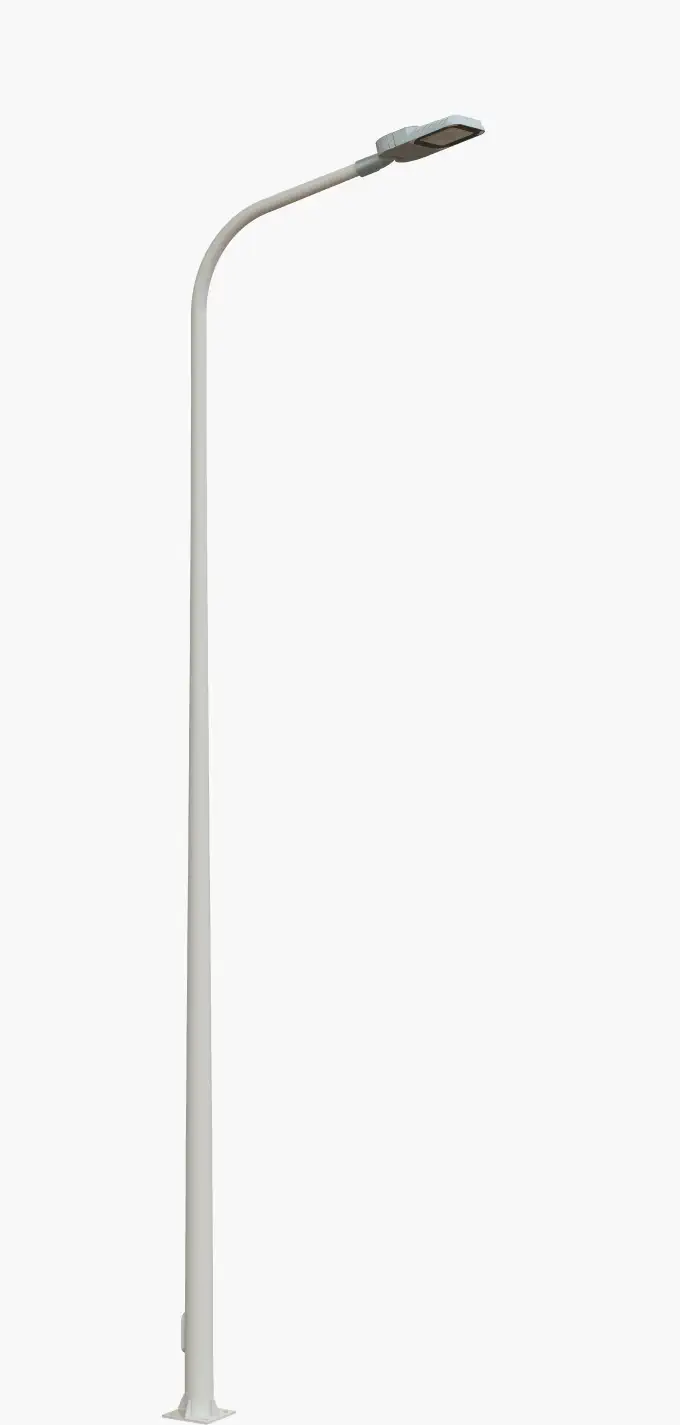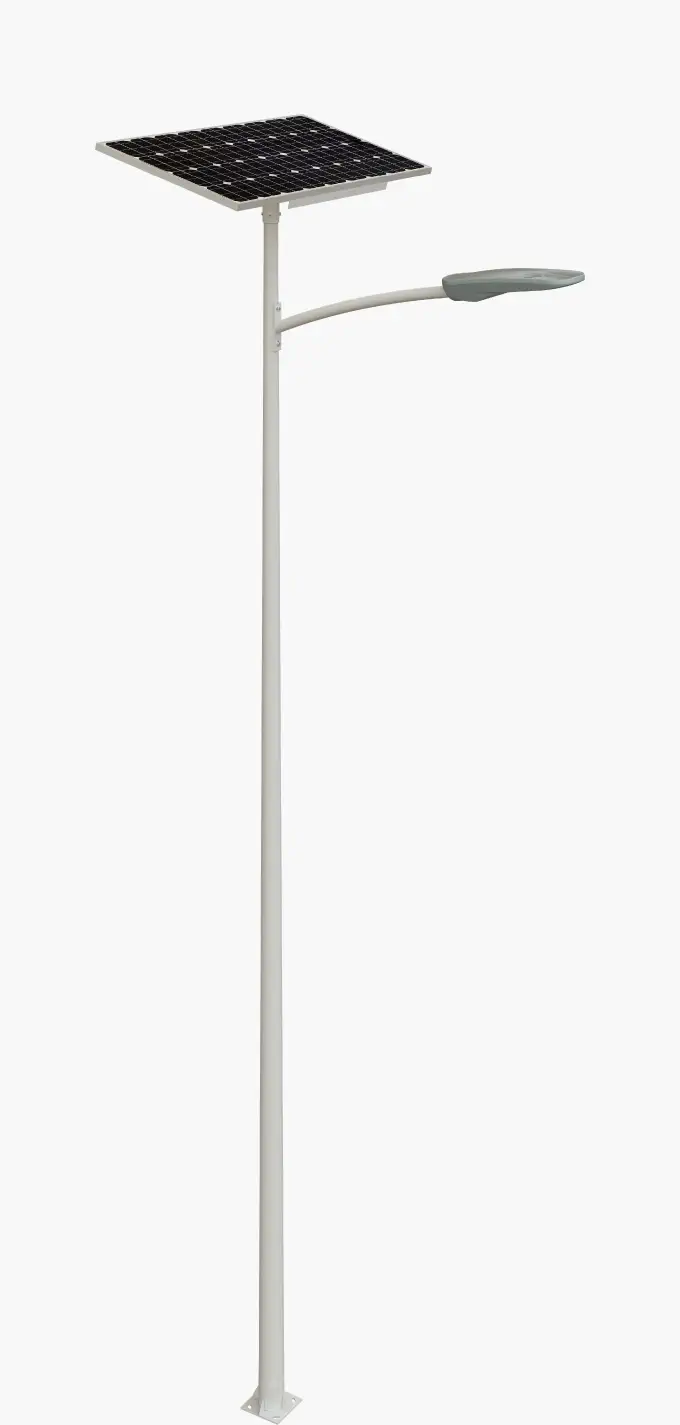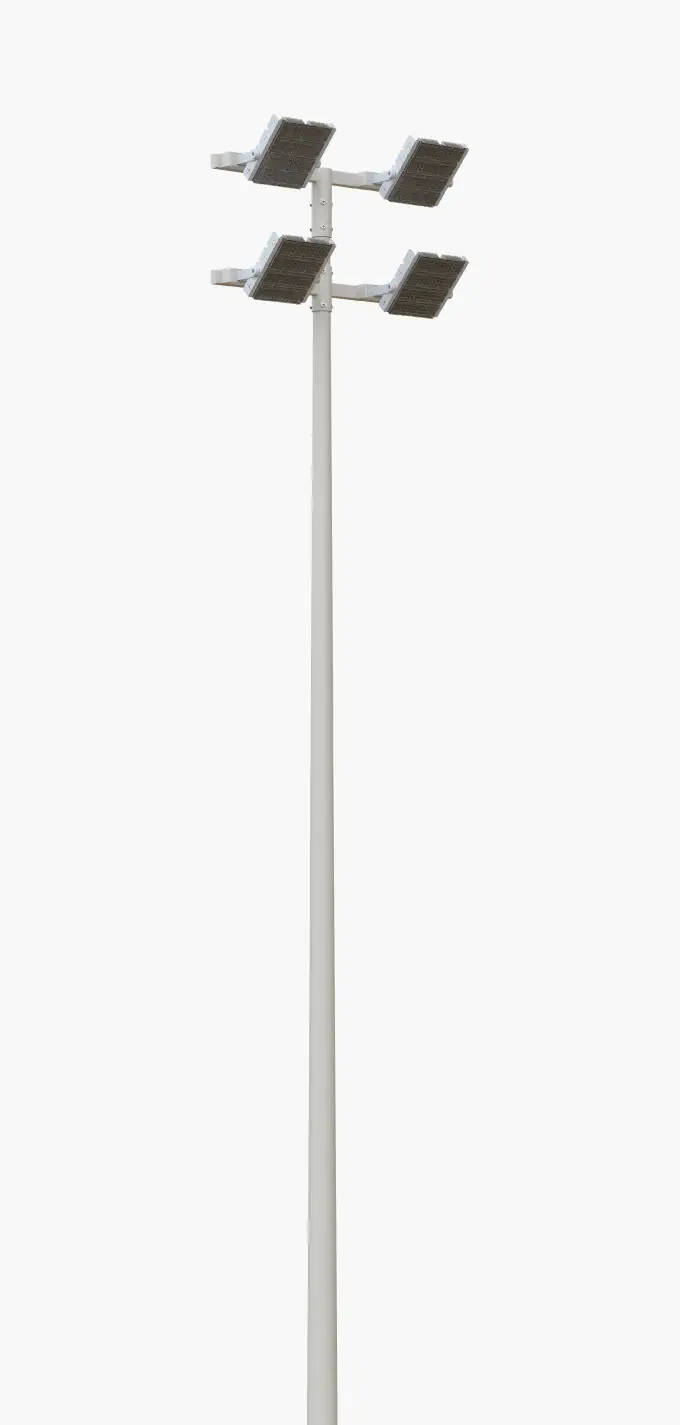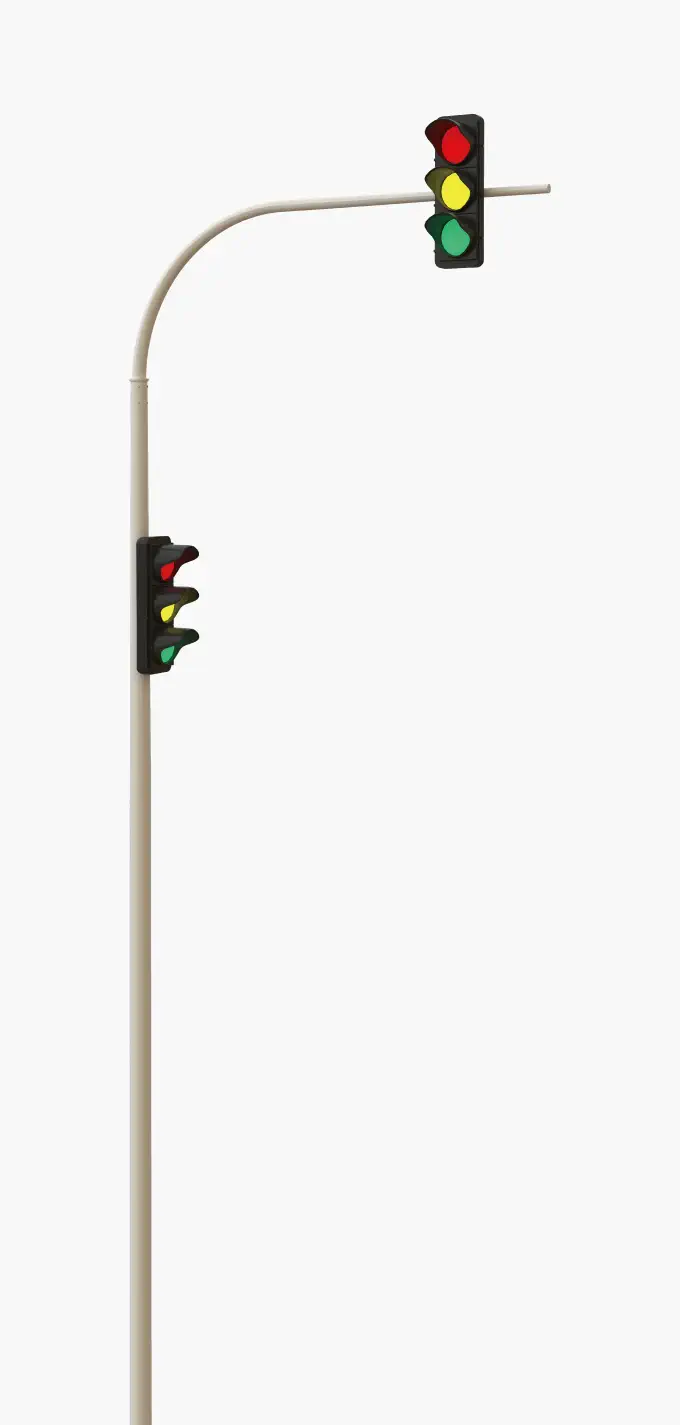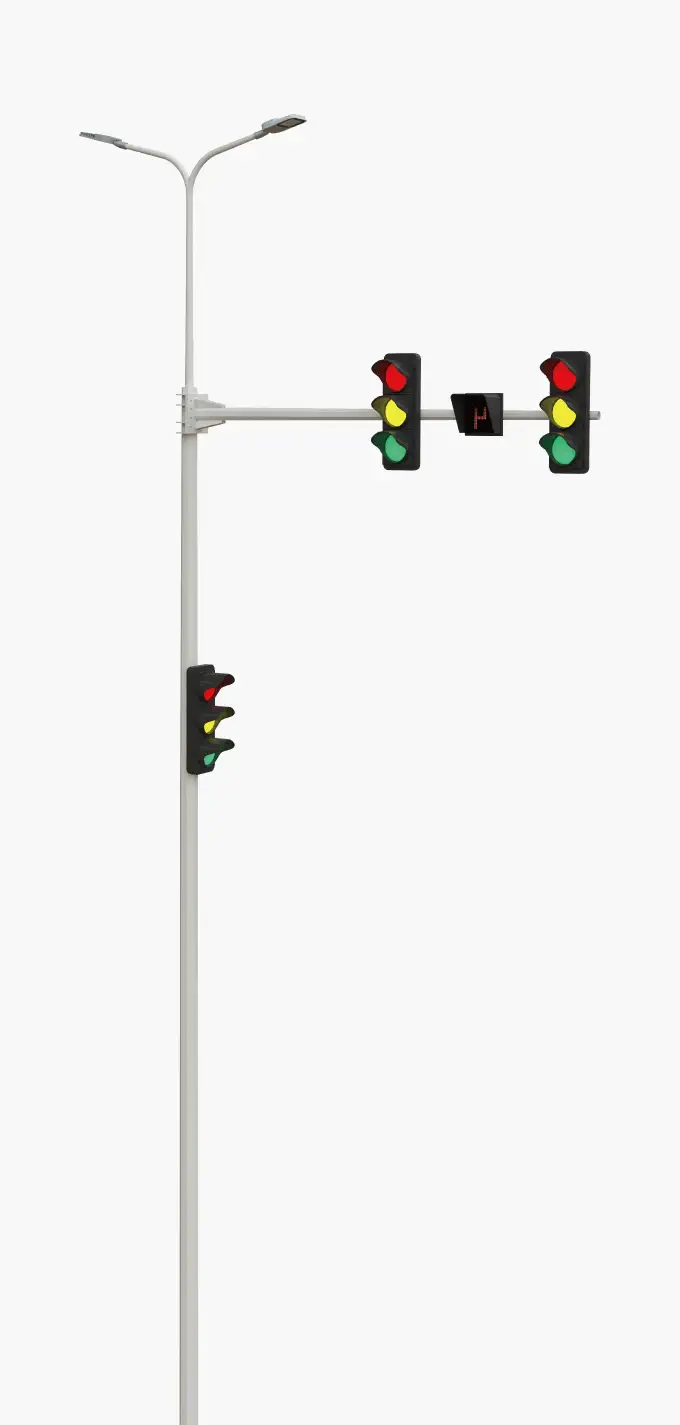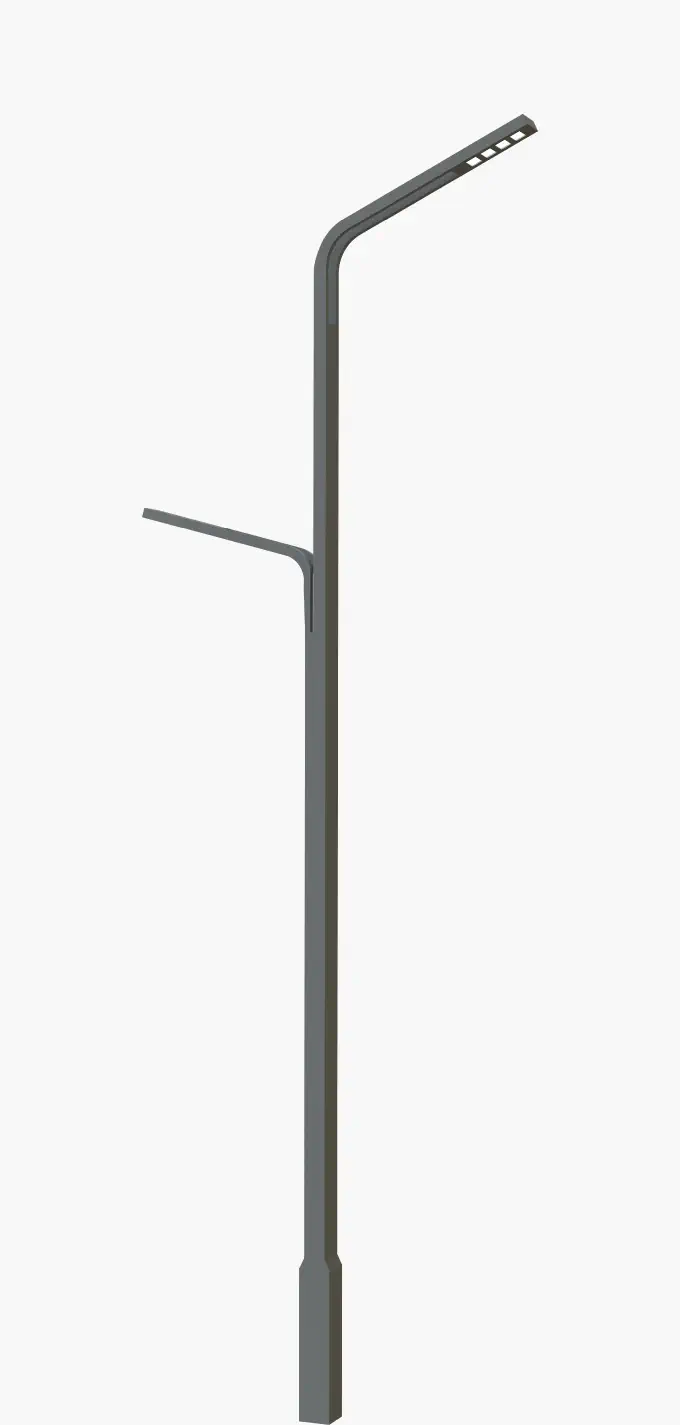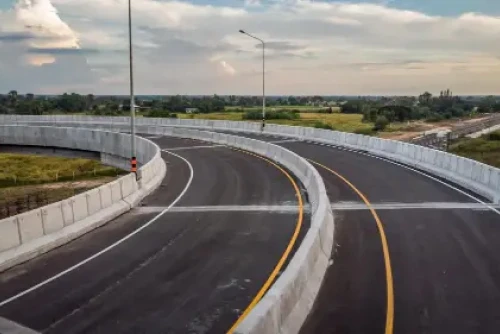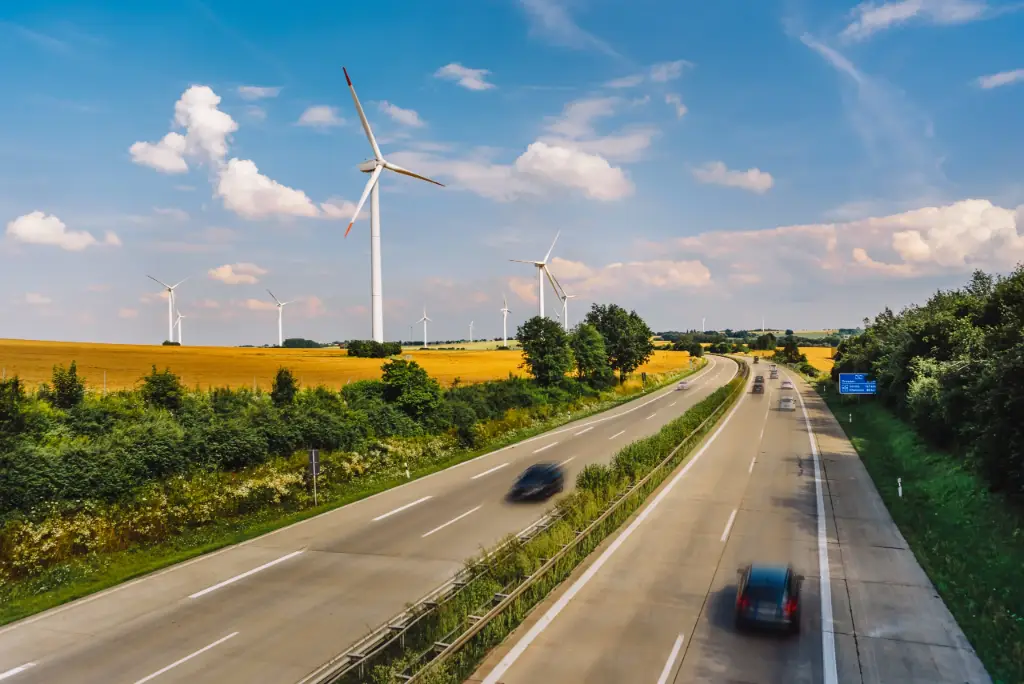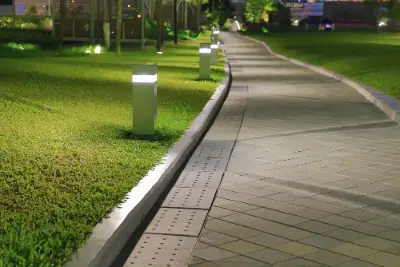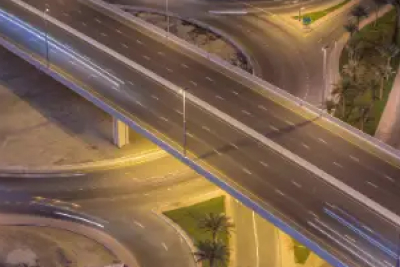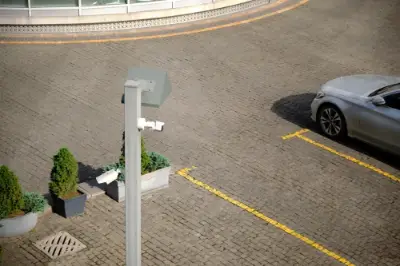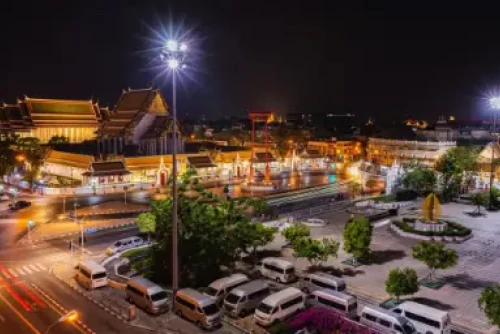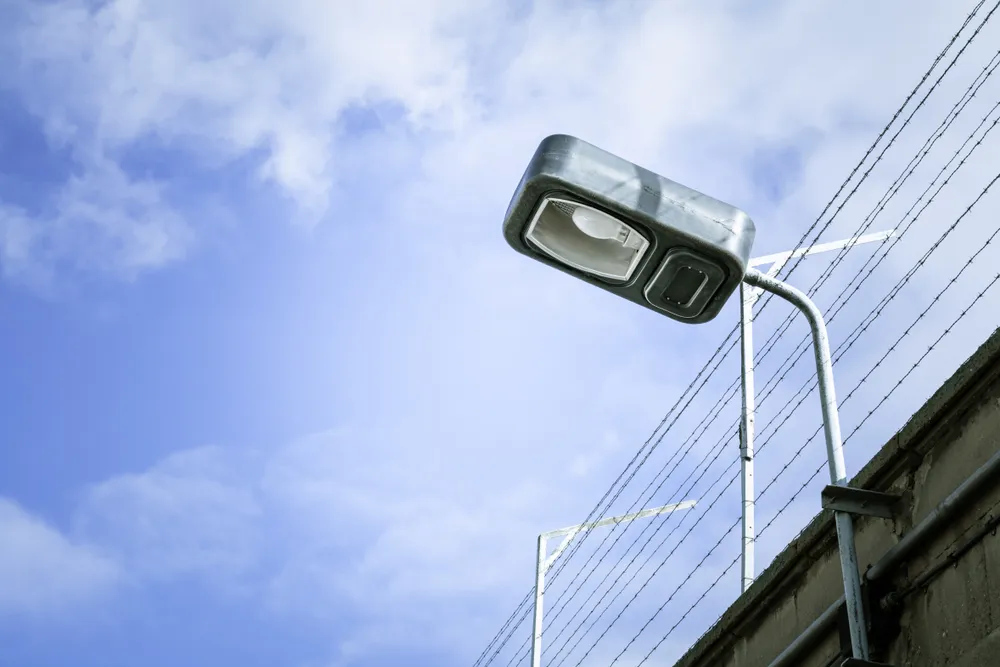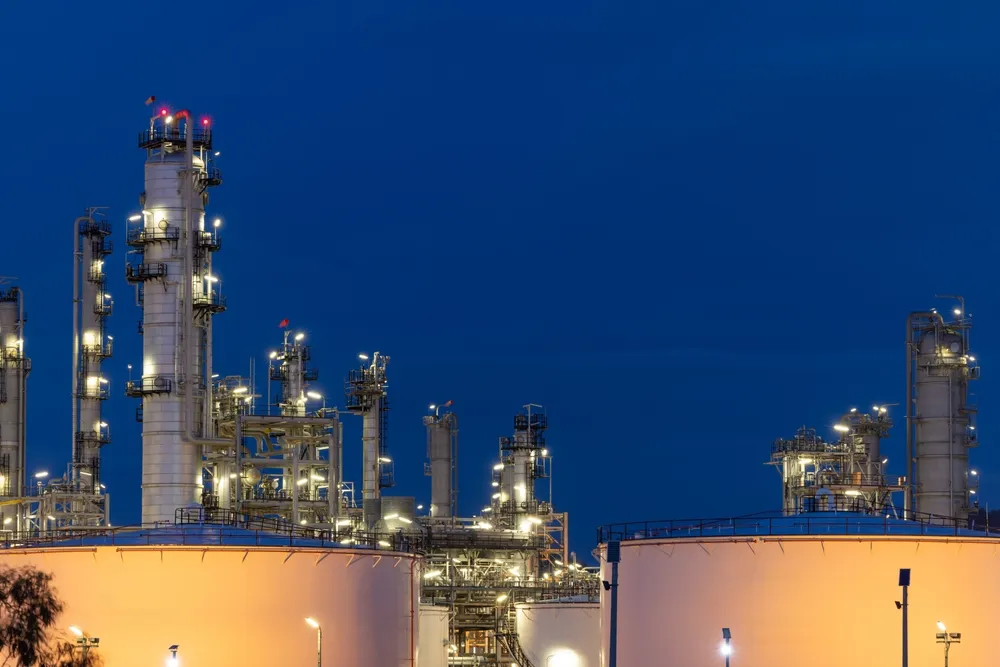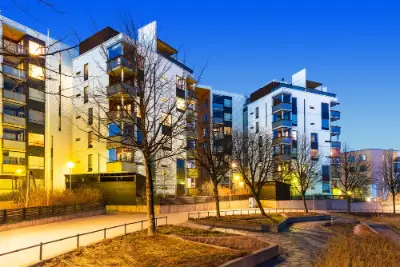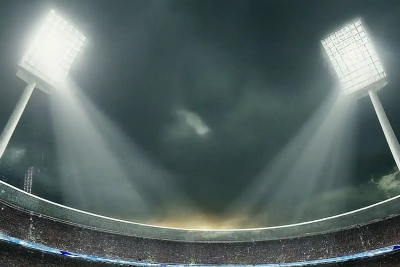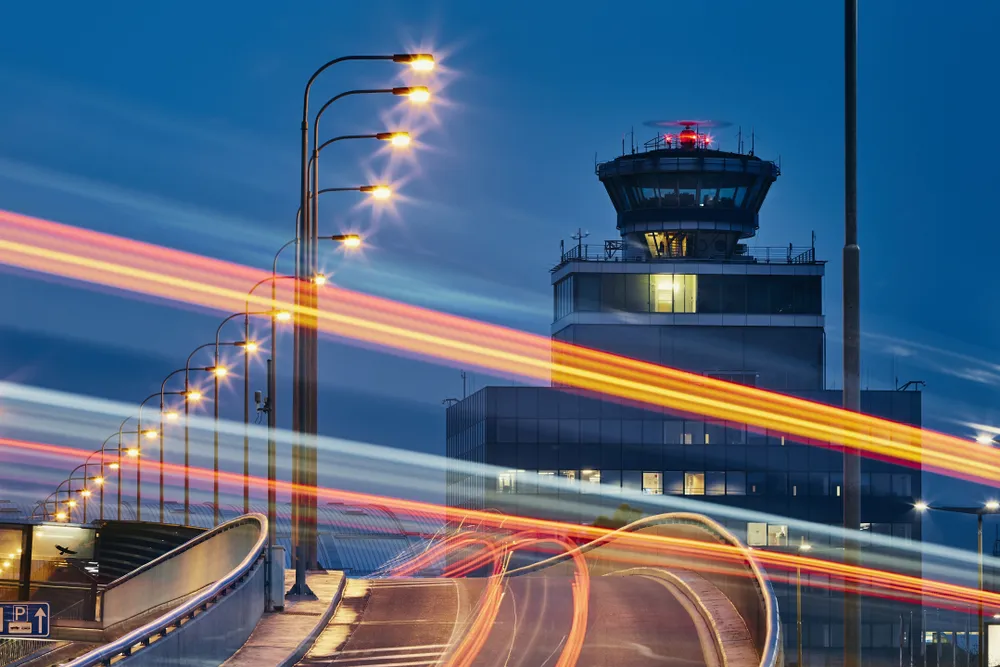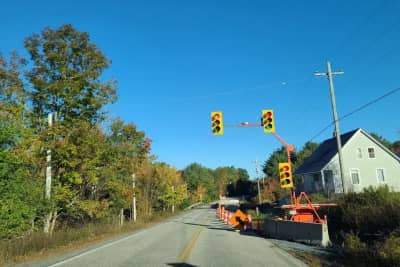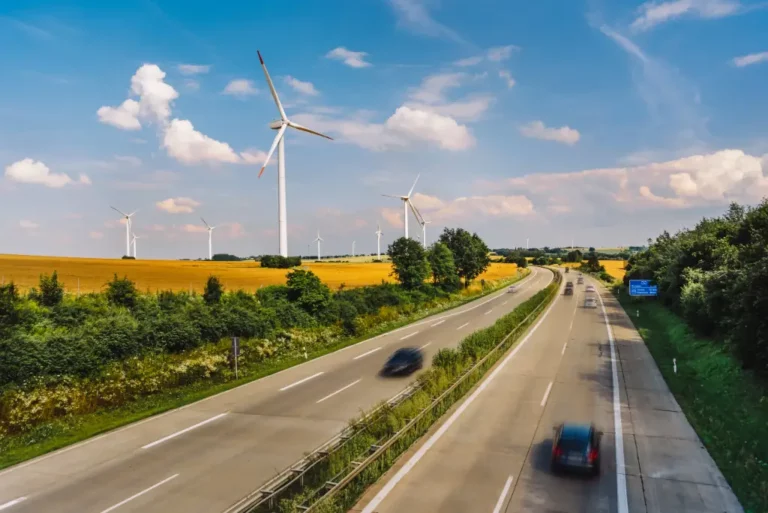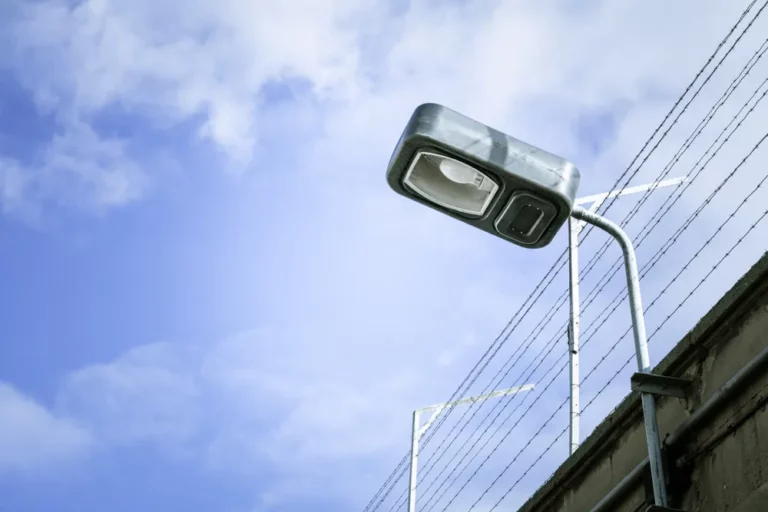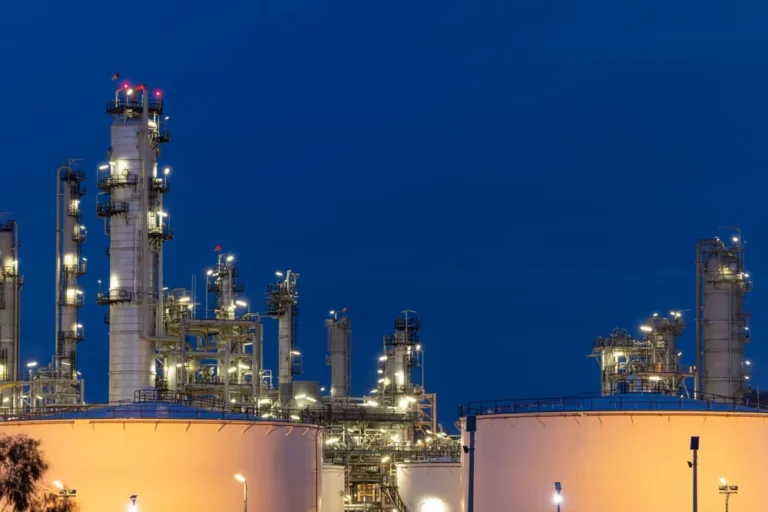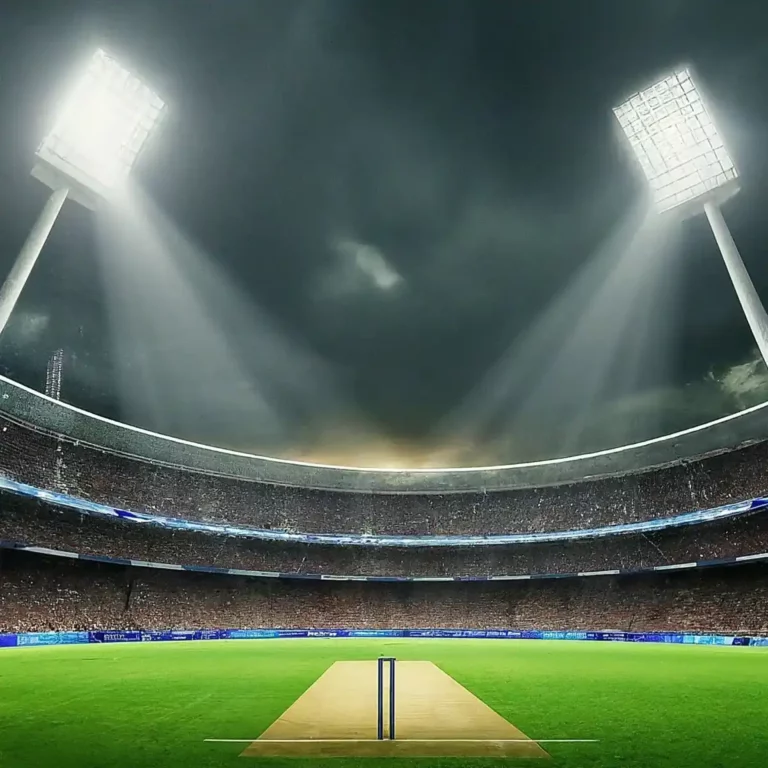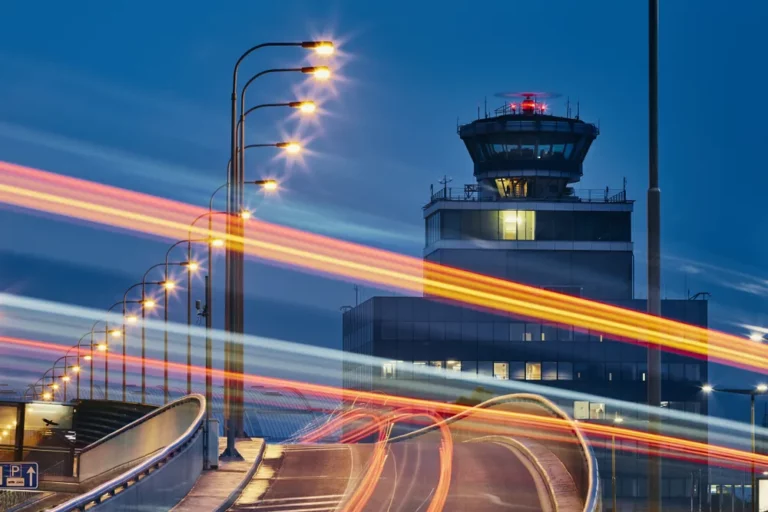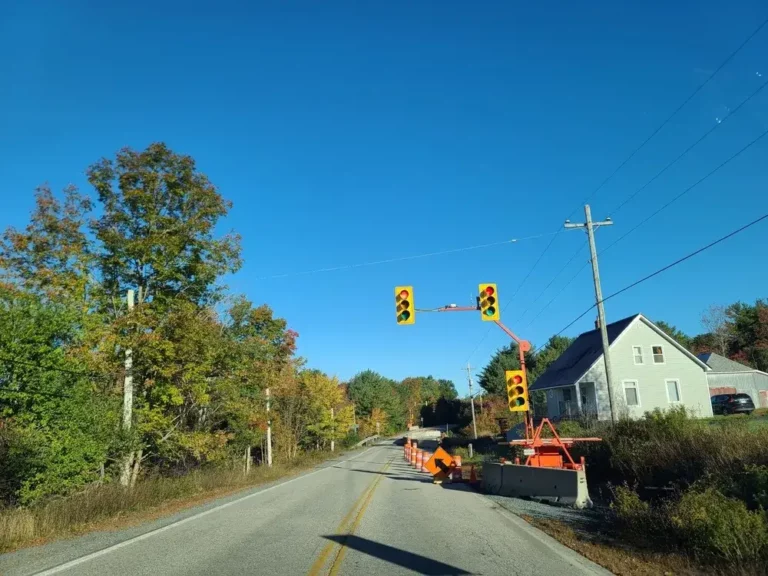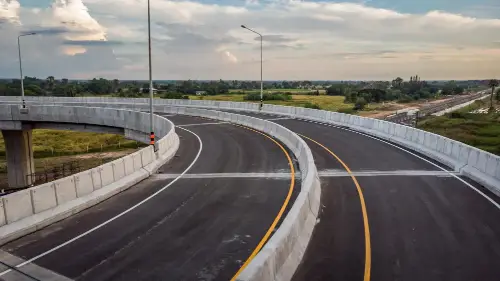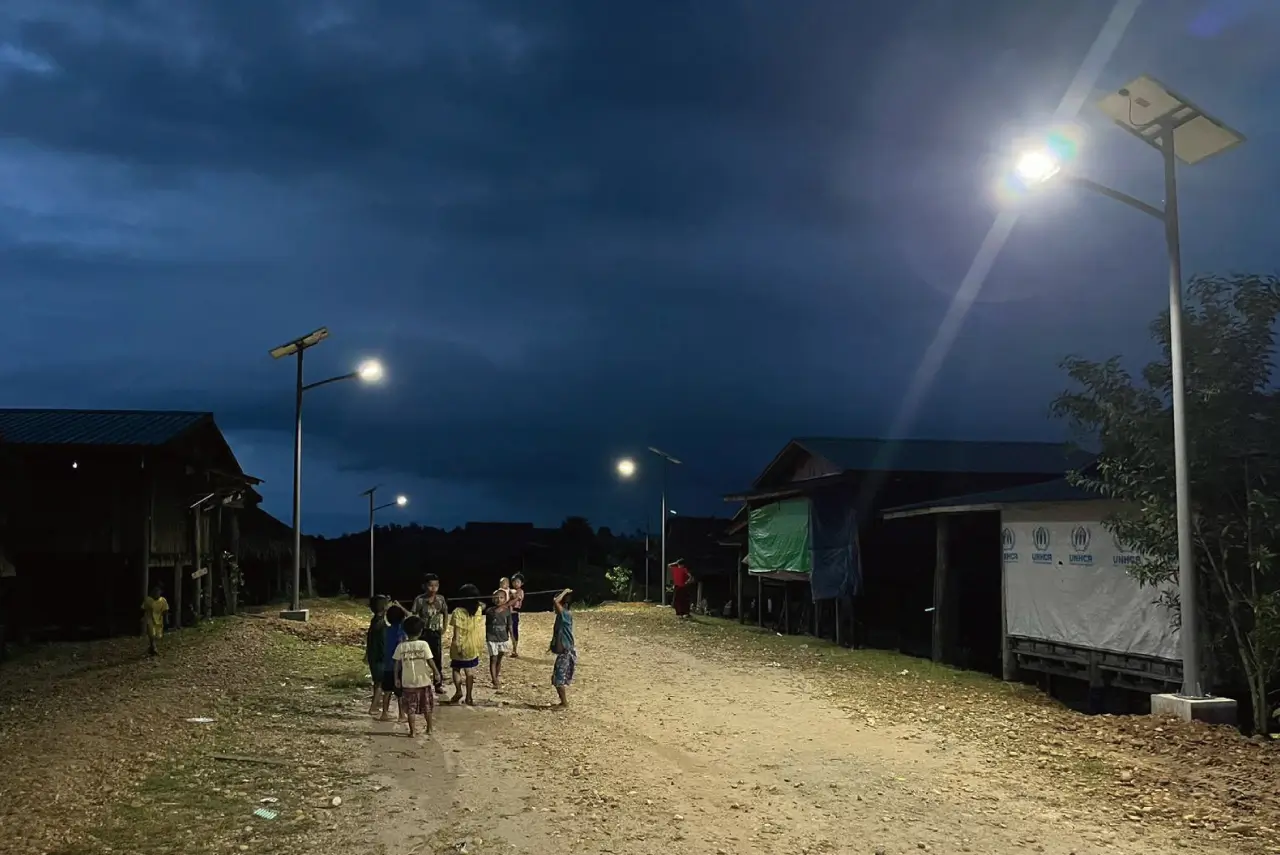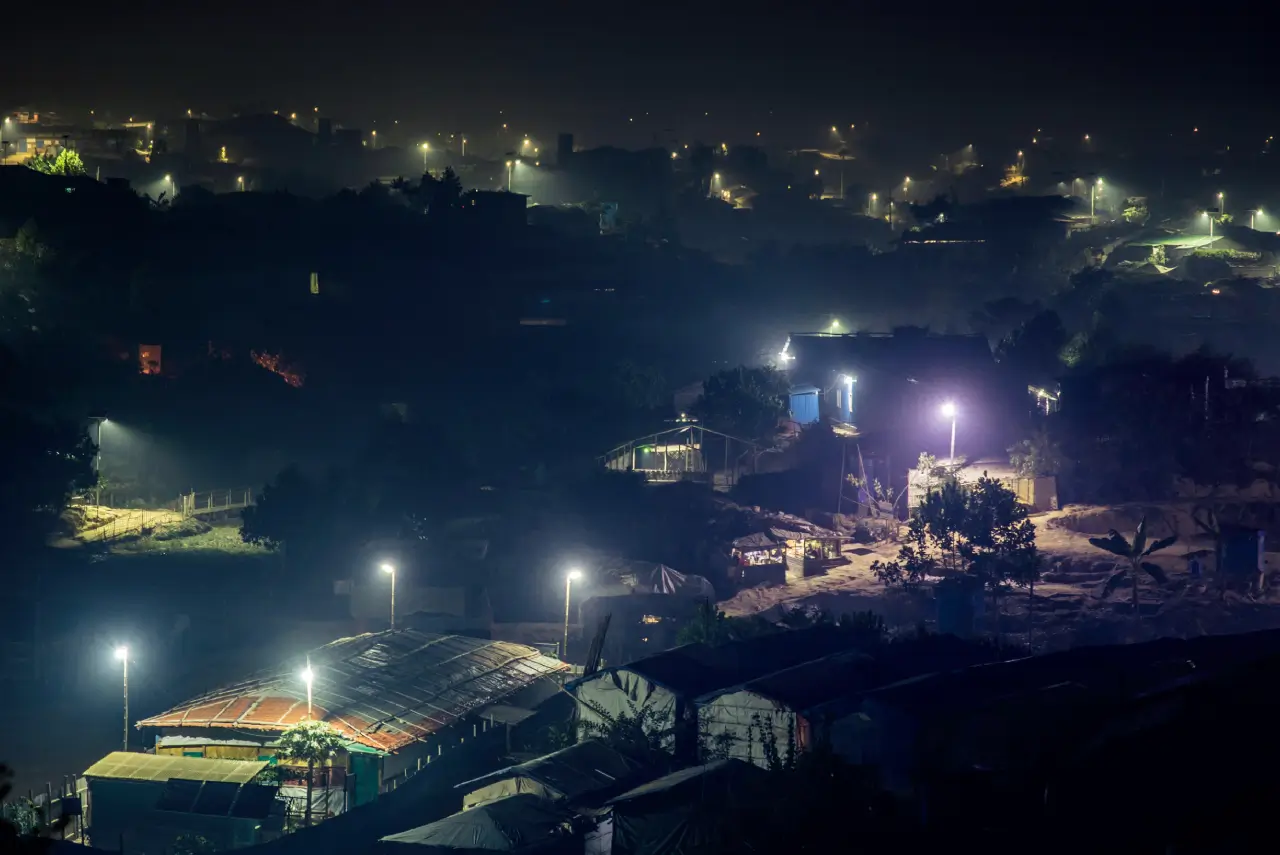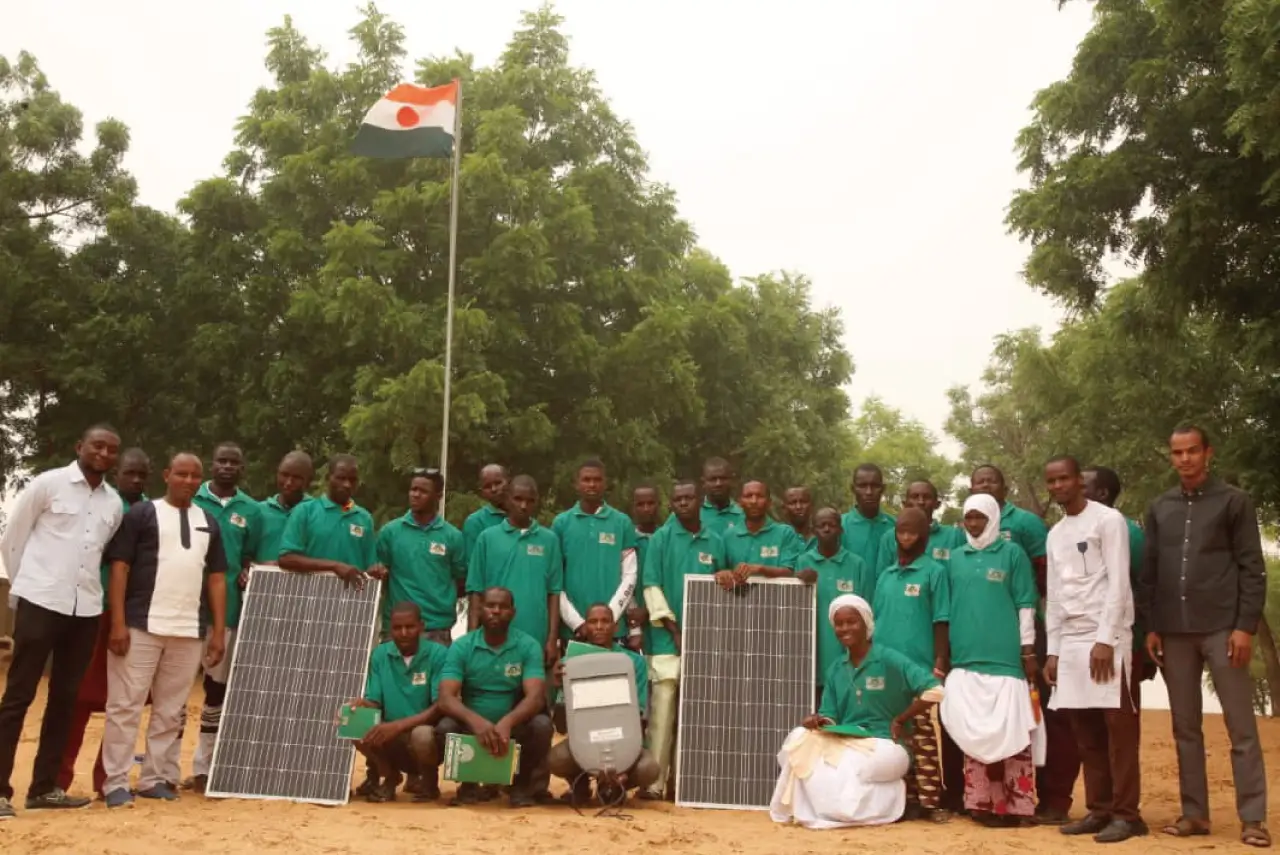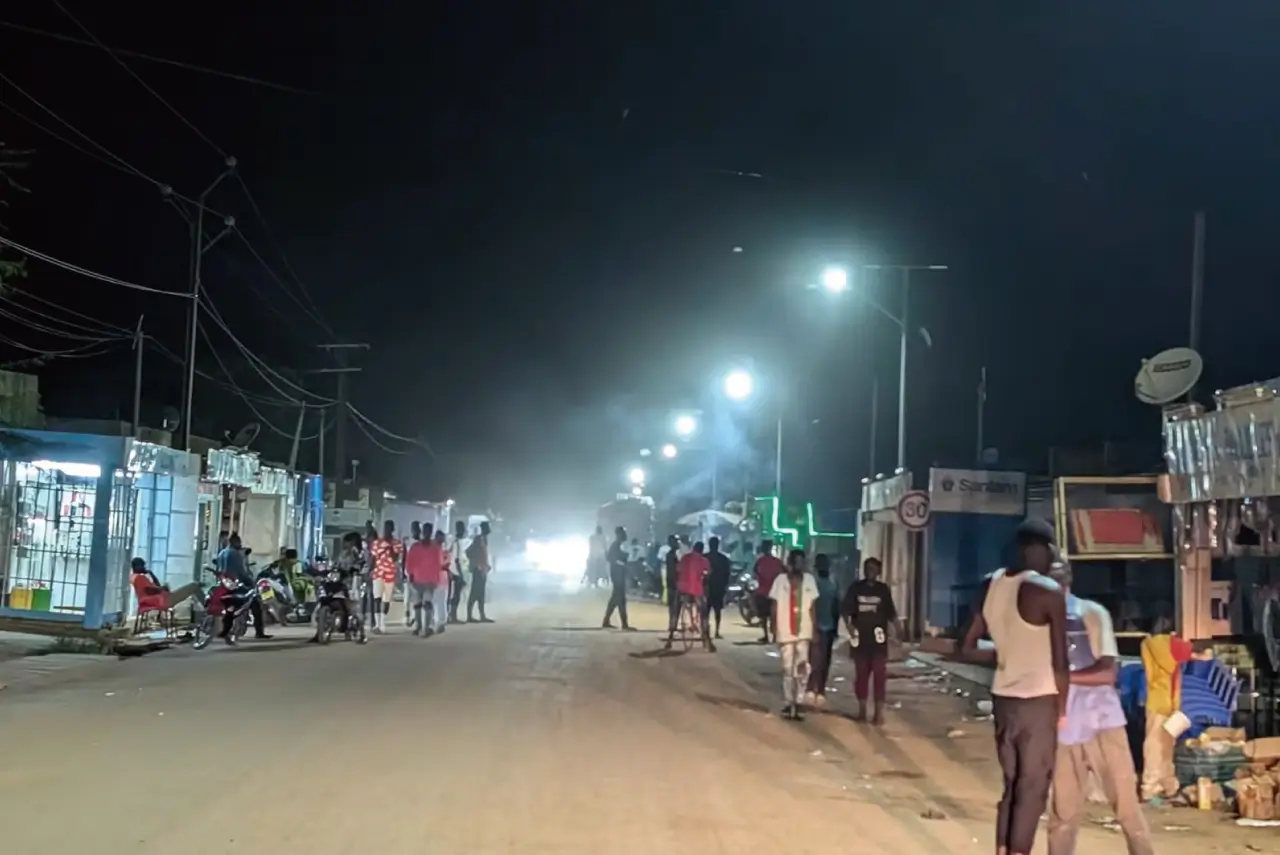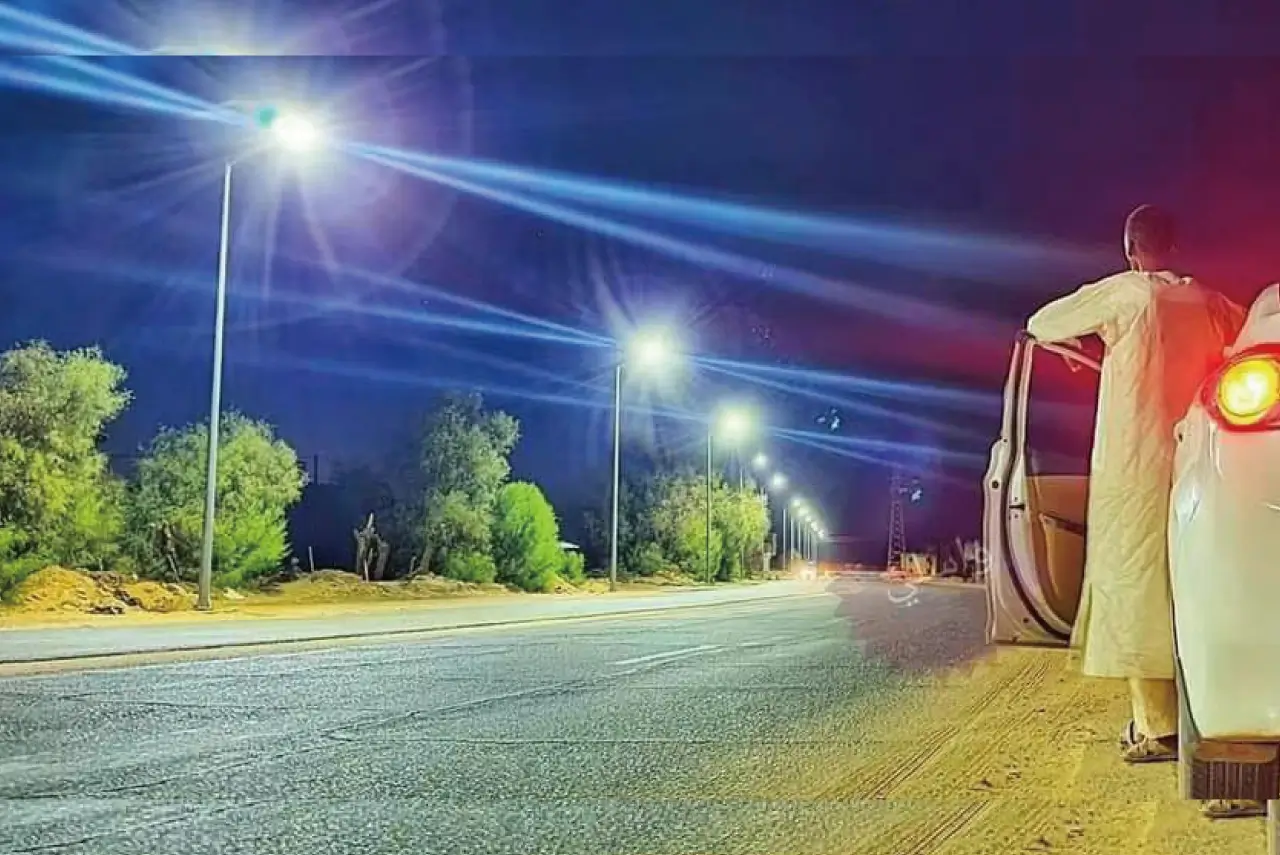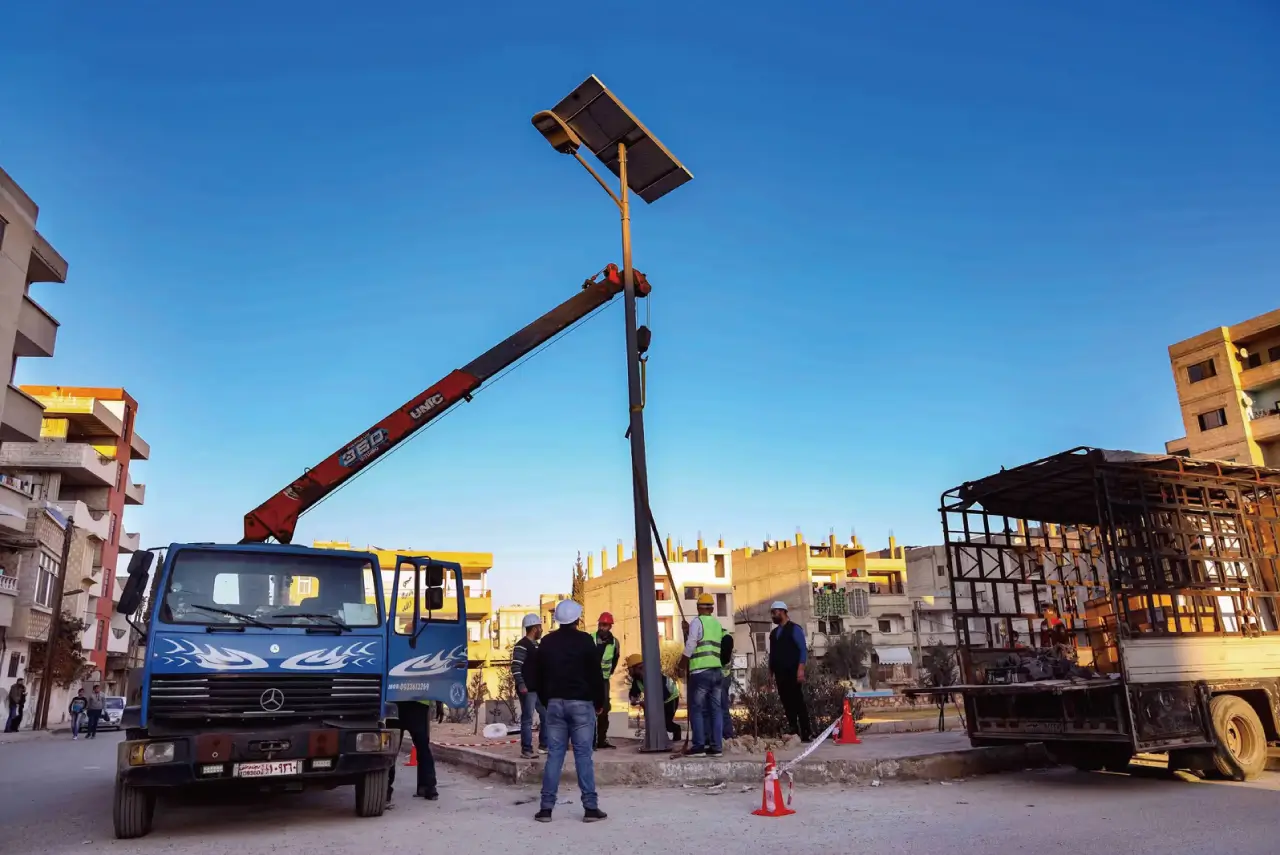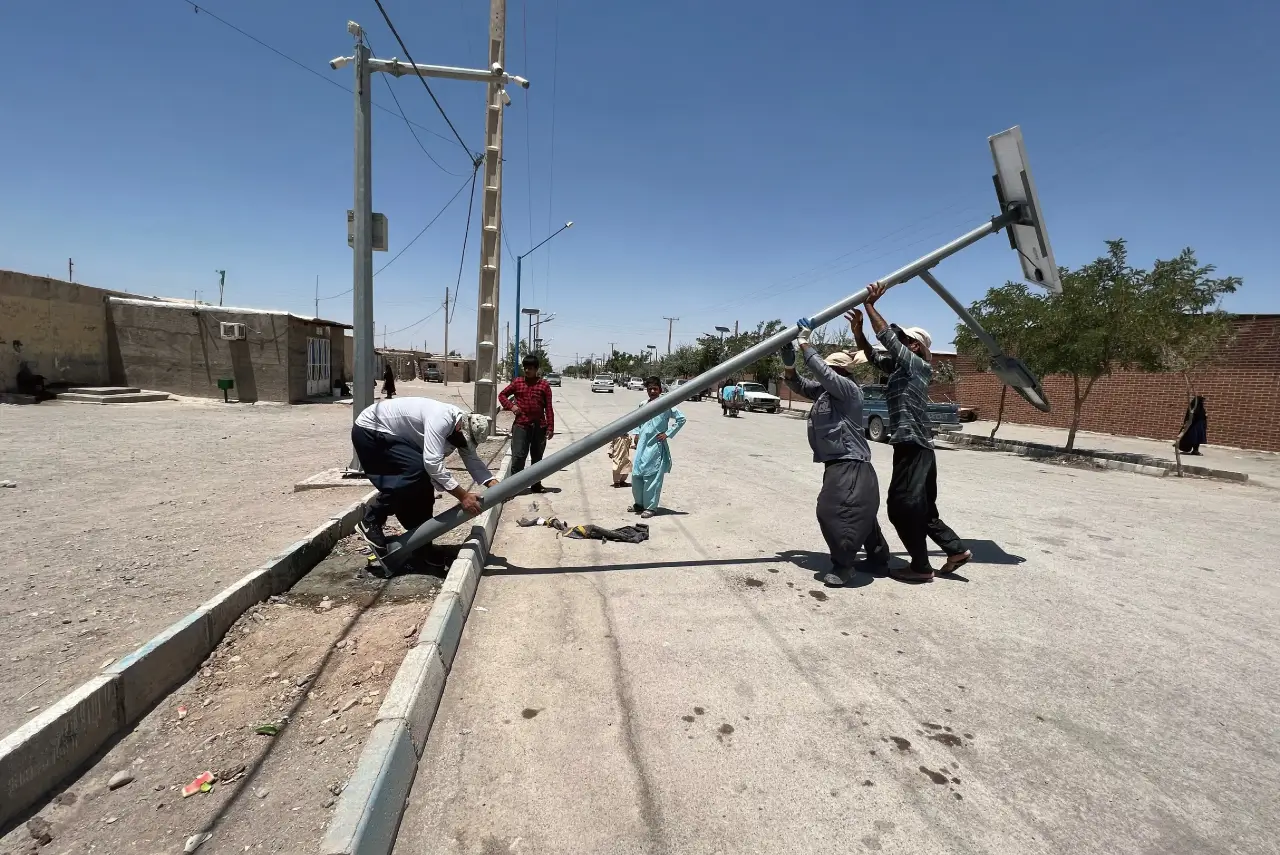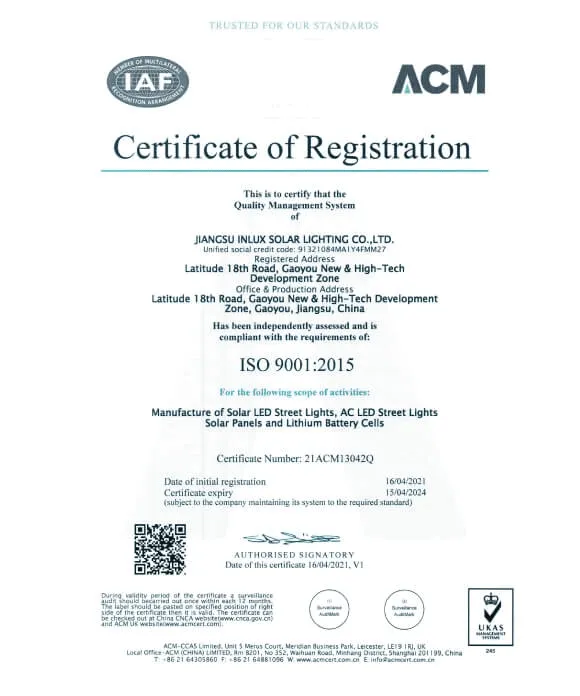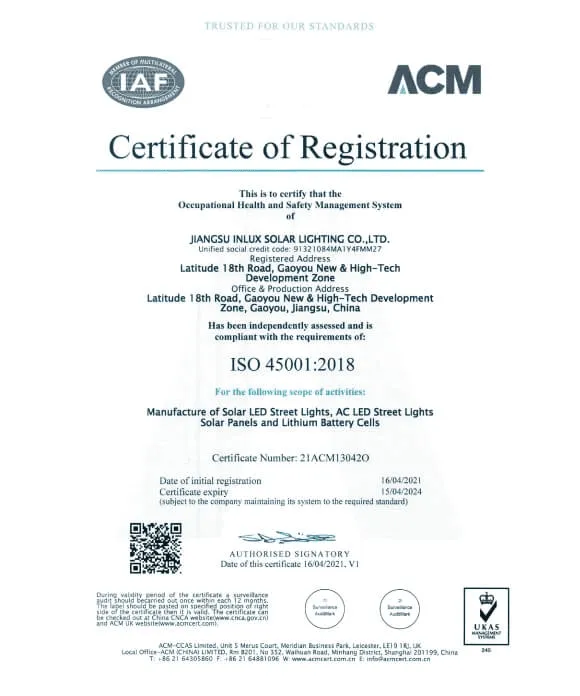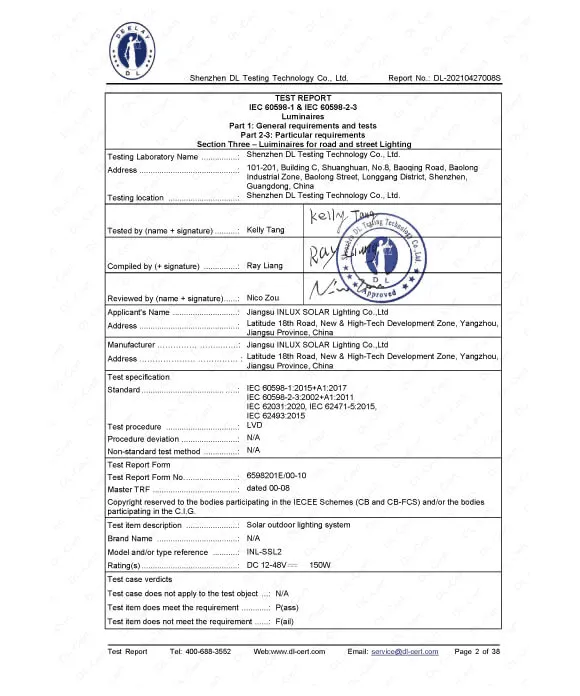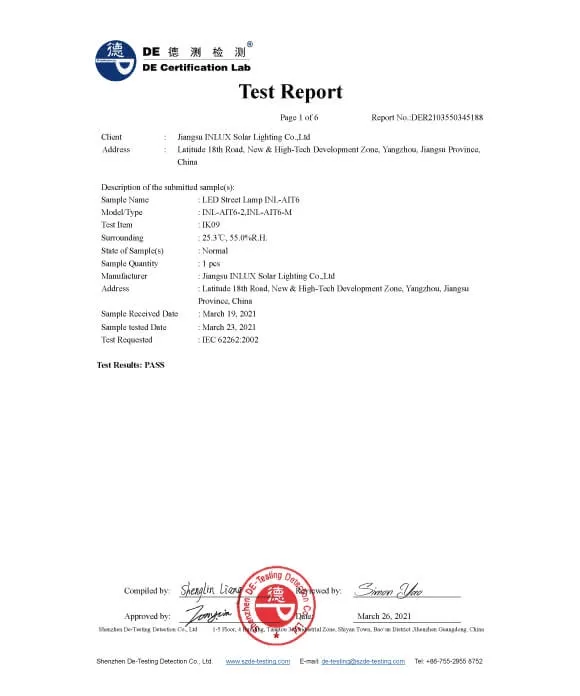LED Outdoor Light
- Home
- LED Outdoor Light
The Best Solar Street Light Manufacturer Trusted by the United Nations
Our LED Outdoor Light Covers All Scenarios
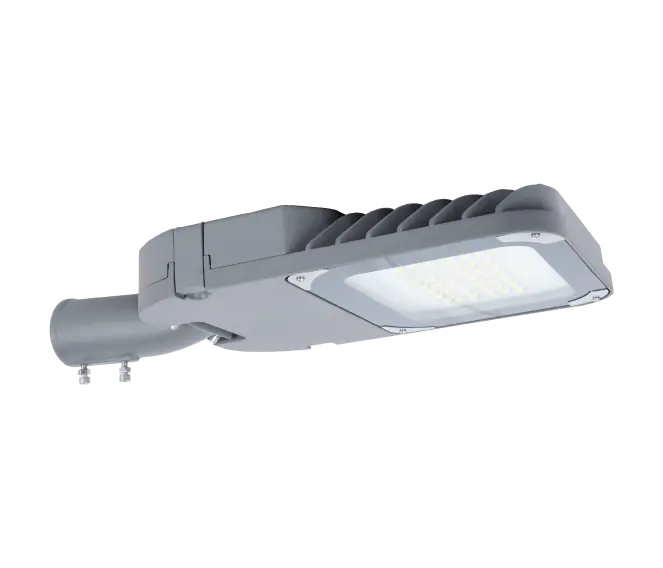
LED Street Light
Inlux Solar’s All-In-Two Solar Street Light is a semi-integrated system with all components, except the solar panel, housed in the fixture. Its independent solar panel design boosts charging efficiency by 15%, ensuring the high-power LED lights stay at full brightness all night.
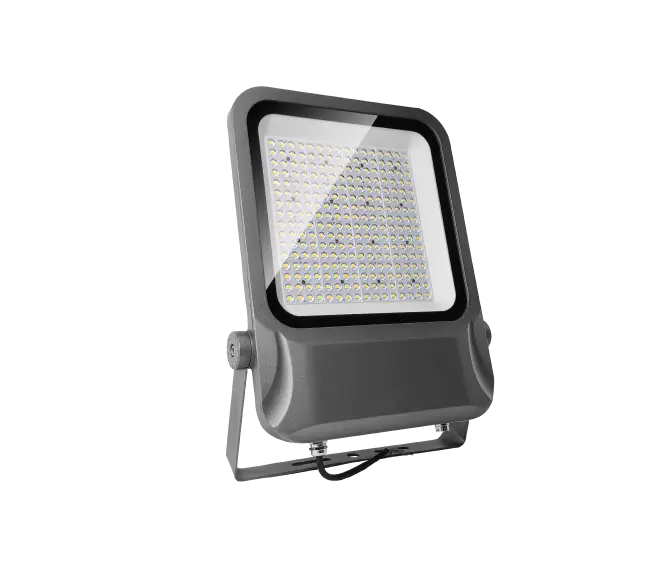
LED Flood Light
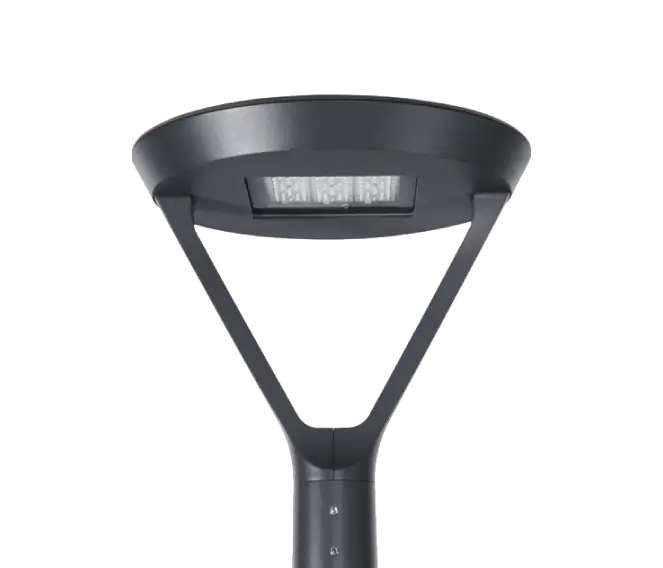
Decorative Street Light
How Inlux Solar’s LED Outdoor Light Can Help You
Win Bids and Secure Projects
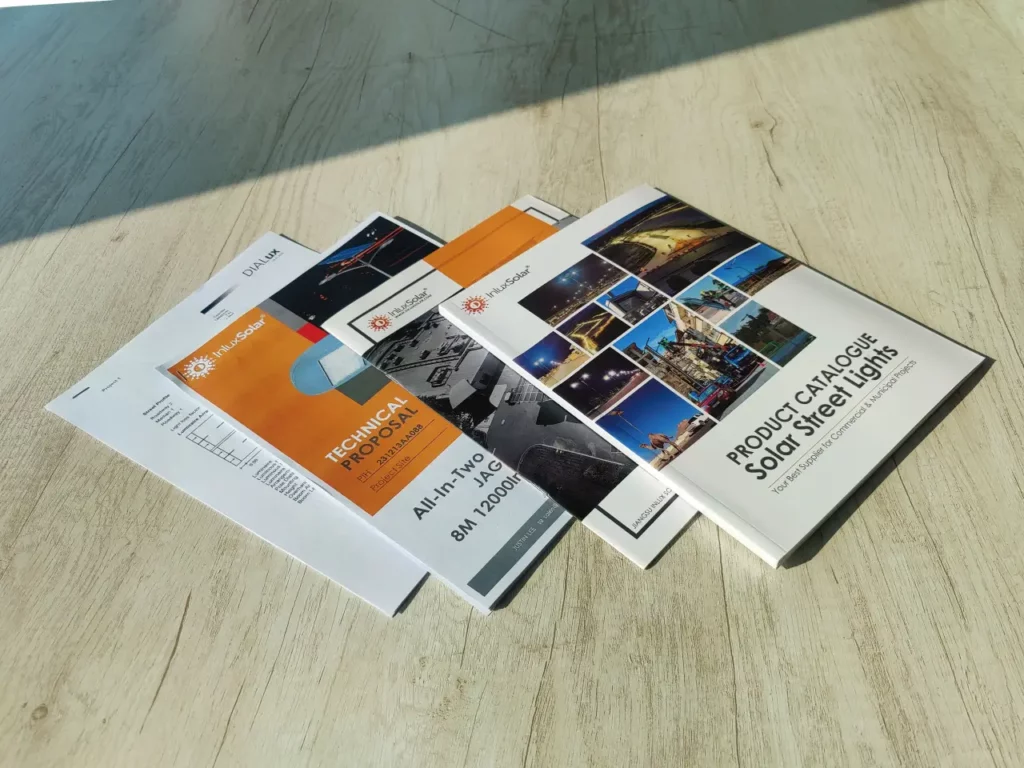
Precision-Matched Specifications
Our expert team offers tailored specifications for your bid, ensuring feasibility and cost-effectiveness, with detailed reports on wind resistance, performance in adverse weather, and simulation data.
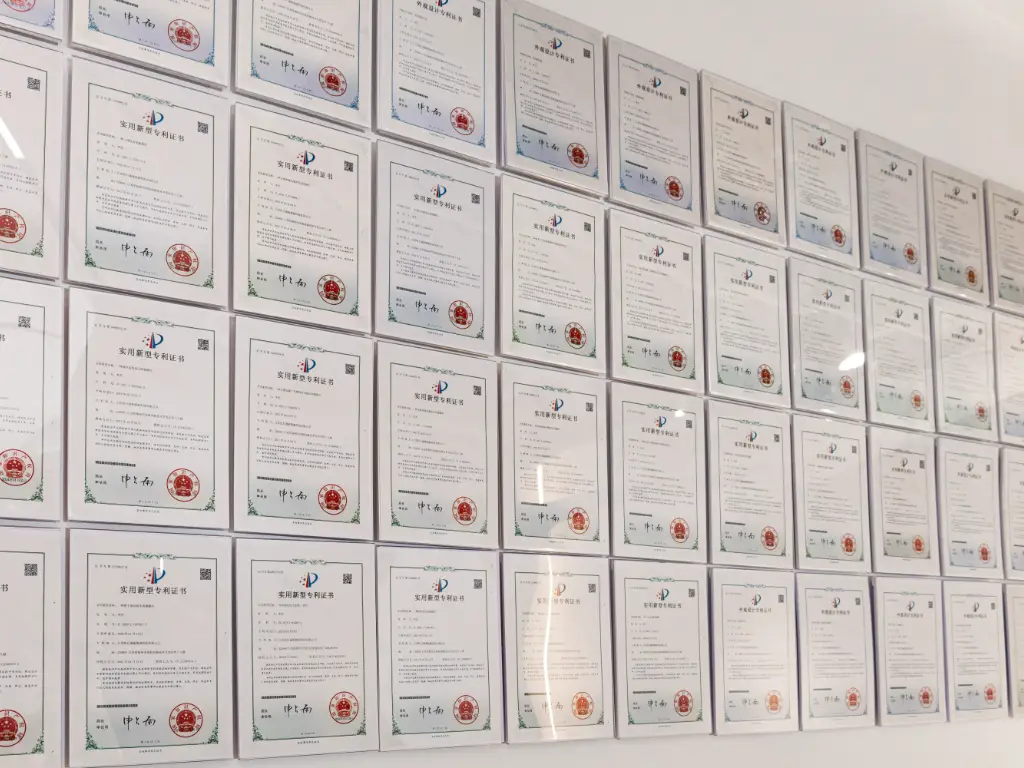
All Required Certifications
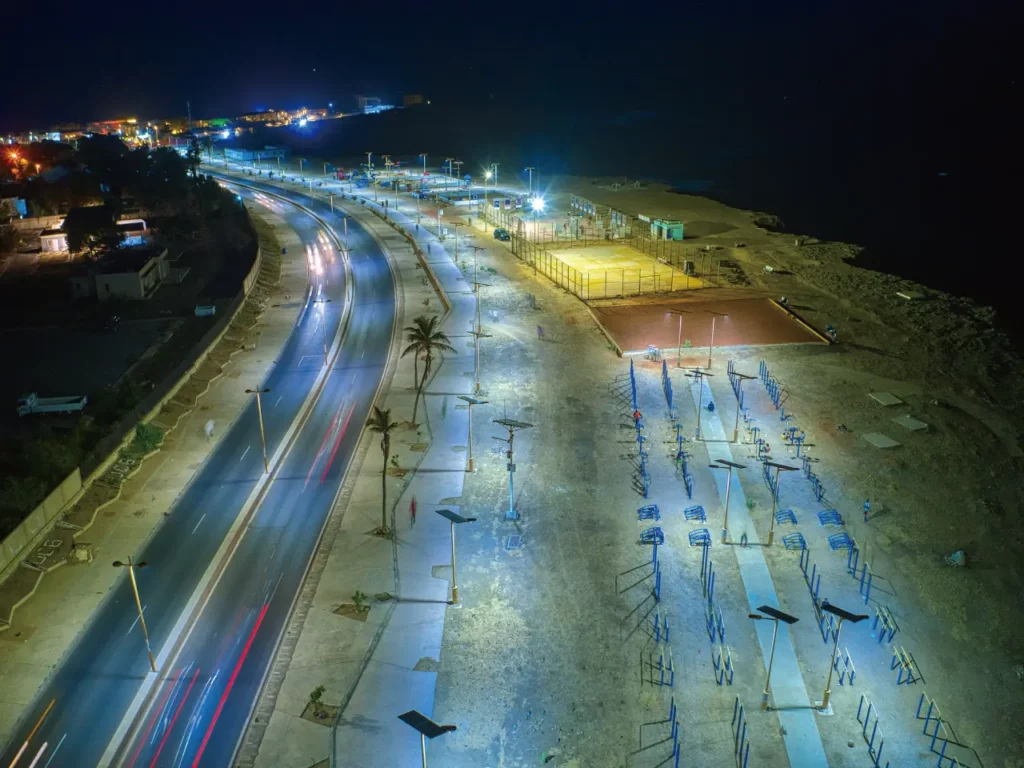
Rich Project Experience
With 15 years of experience and 1,000+ projects for the UN, NGOs, and municipalities, including in the UAE, Jordan, and Mexico, we are ready to partner on your next solar lighting and energy storage project.
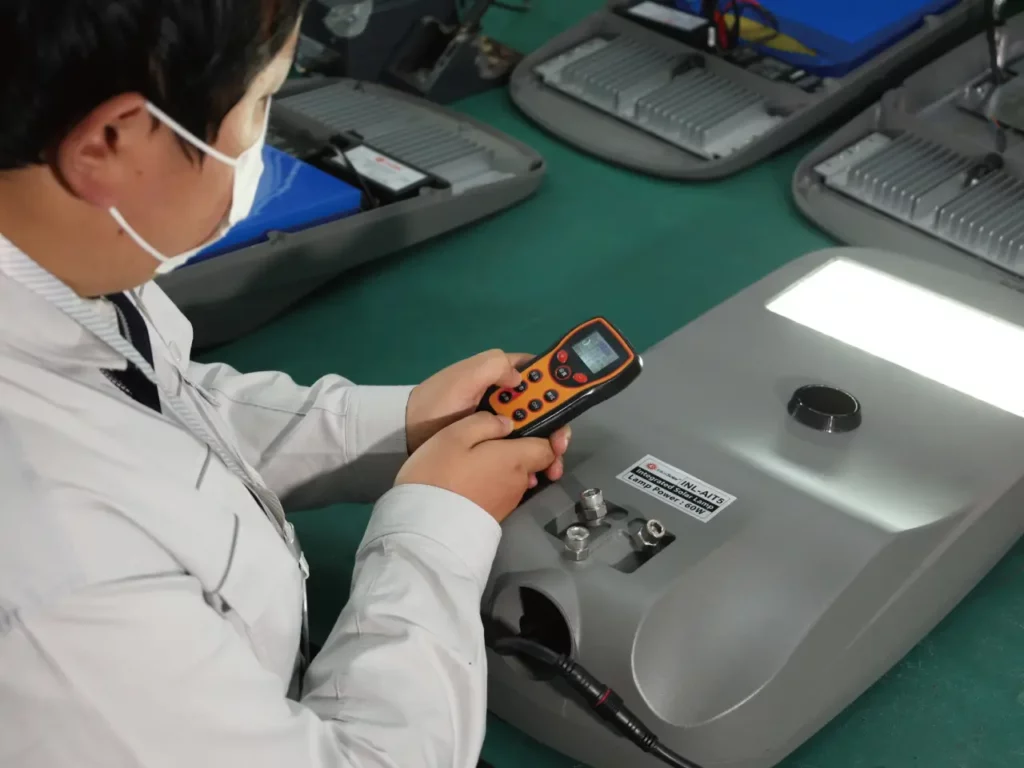
Premiun Quality with Competitive Price
Our top-quality solar street lights, made in our advanced facility, offer exceptional quality, competitive pricing, and 10+ years of lifespan, reducing long-term costs and maximizing your investment.

Utilizing Advanced IoT Technology

Highly Customized Support

Why Inlux Solar?
13 Years of Global Market Experience
Inlux Solar specializes in solar street lights and energy power systems. We understand global standards and offer tailored solutions, making us a trusted supplier for UN and municipal projects.
High Quality R&D Team
We invest 5% of sales in R&D, with a 15-year experienced team focused on trends and new technologies. Annually, we develop 3 innovative products and hold over 60 patents with 300+ product testing reports.
Own Production with Rigorous Standards
We manufacture key components in-house, following strict management practices from materials to shipment. This ensures our products meet industry standards and allows us to deliver orders in as little as 15 days.
5-Year Warranty with Near-Zero Failure Rate
We offer a 3 to 5-year warranty with component replacement support. Our lithium batteries are built to last 10+ years, minimizing long-term maintenance costs.

Proven Success in Major Projects
1000+ Projects in Over 100 Countries
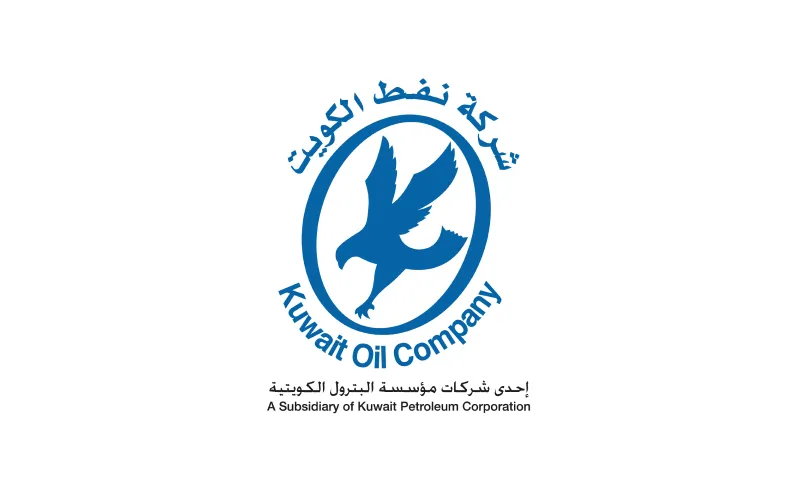



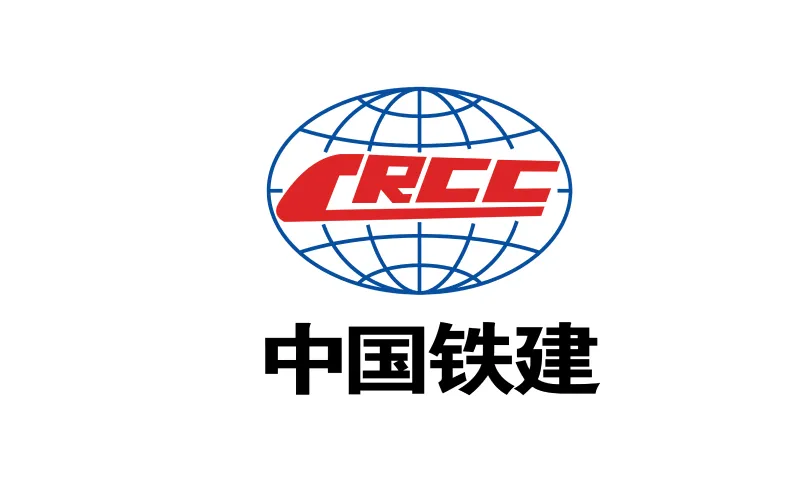

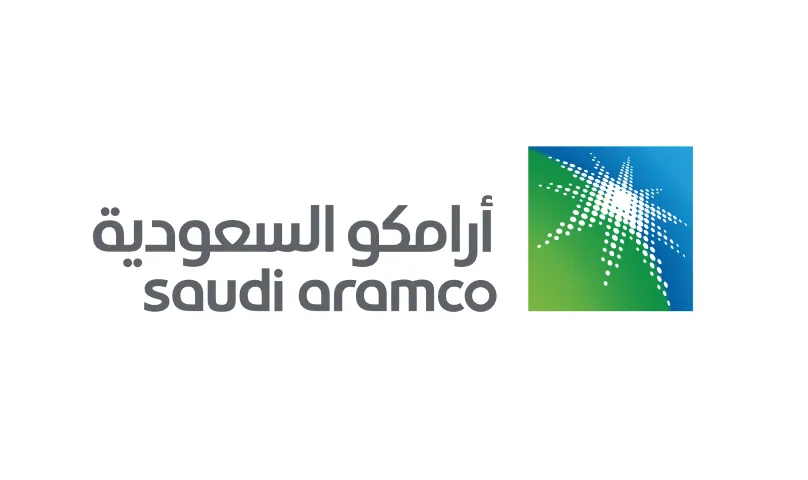



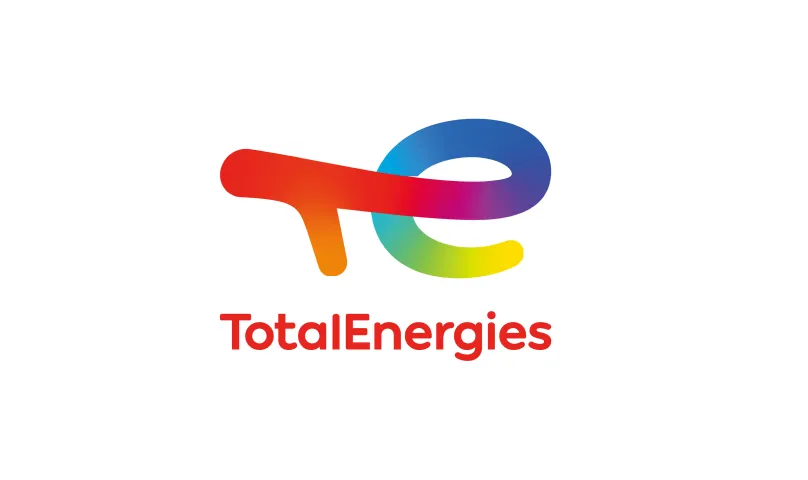

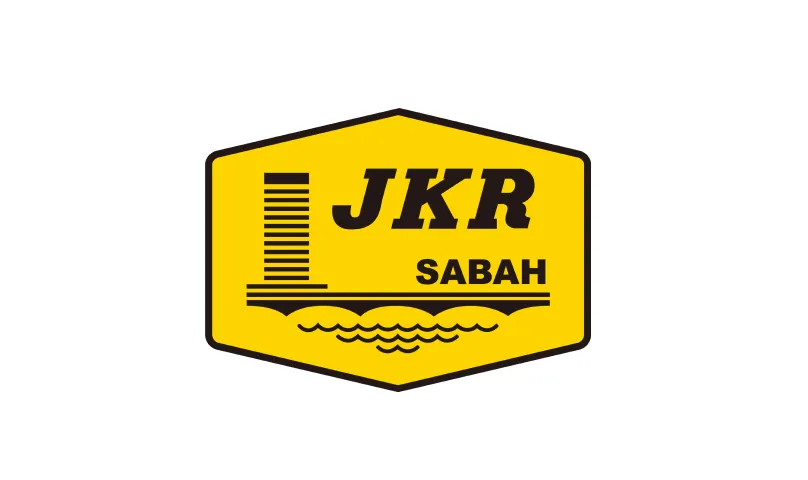

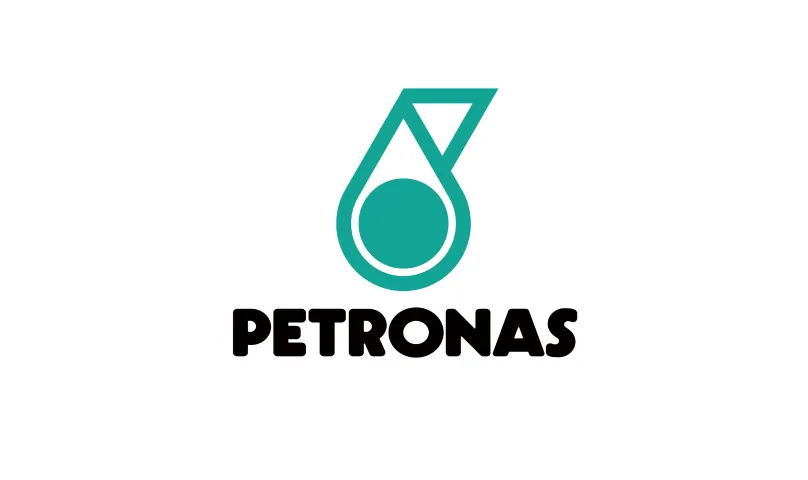

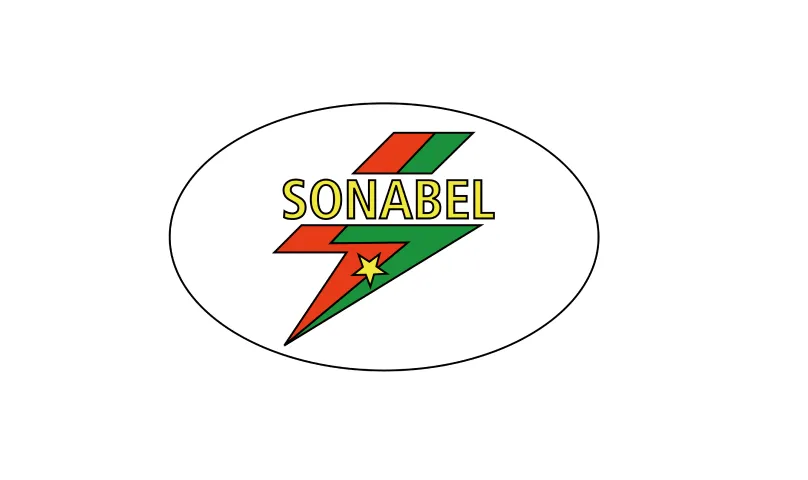
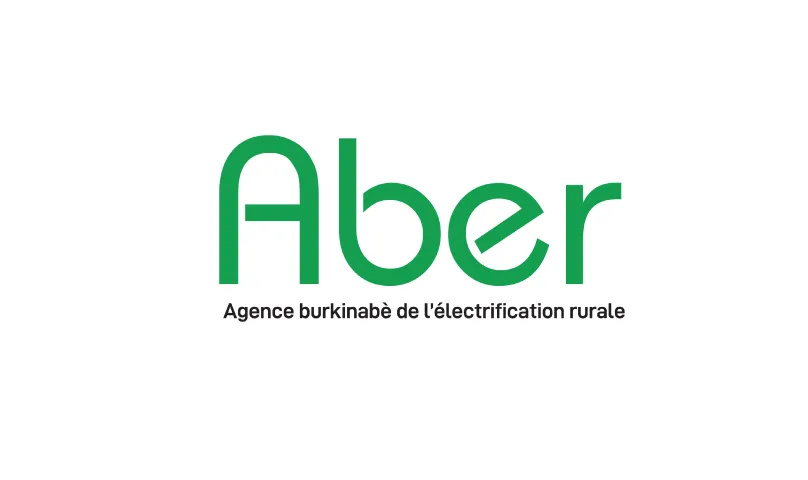


Our Lighting Success Stroies
60+ Patent Certificates & 300+ Product Certifications
Quality Assured with Trusted Certifications
Innovative Solar Lighting Solutions for Diverse Applications
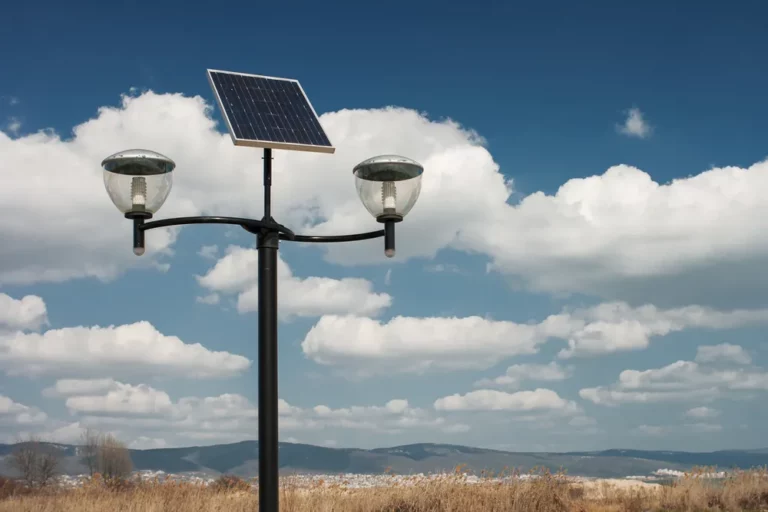
Road and Street lighting
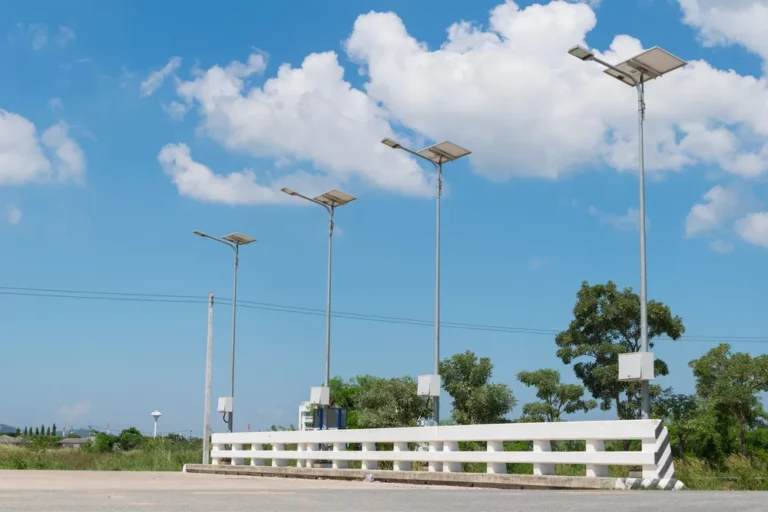
Pathway Lighting

Industrial Zone & Factory Lighting
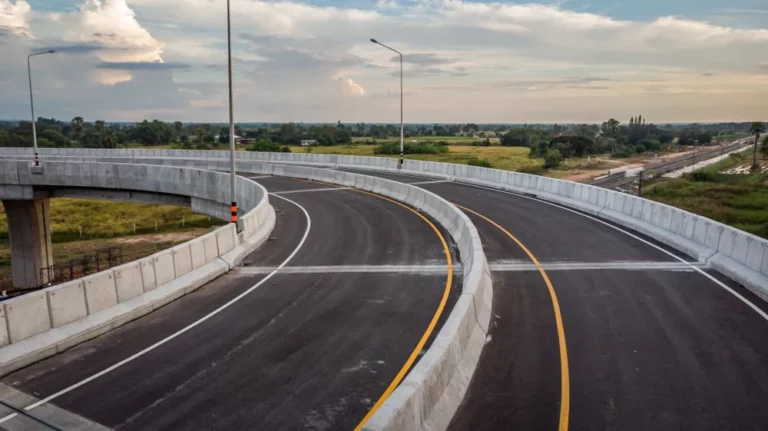
Highway Lighting
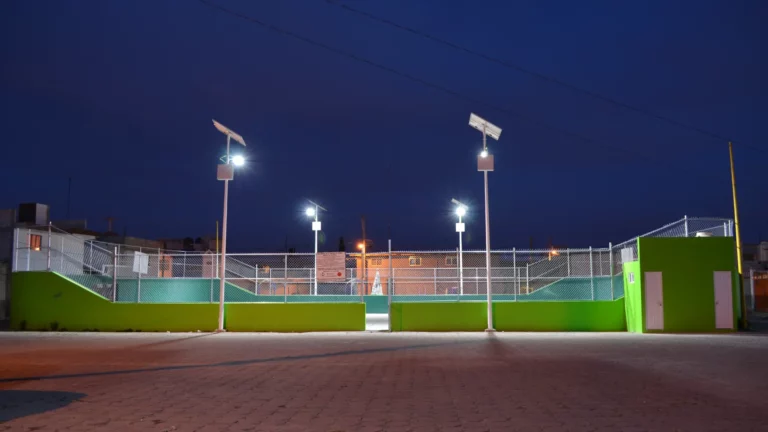
Residential Community Lighting
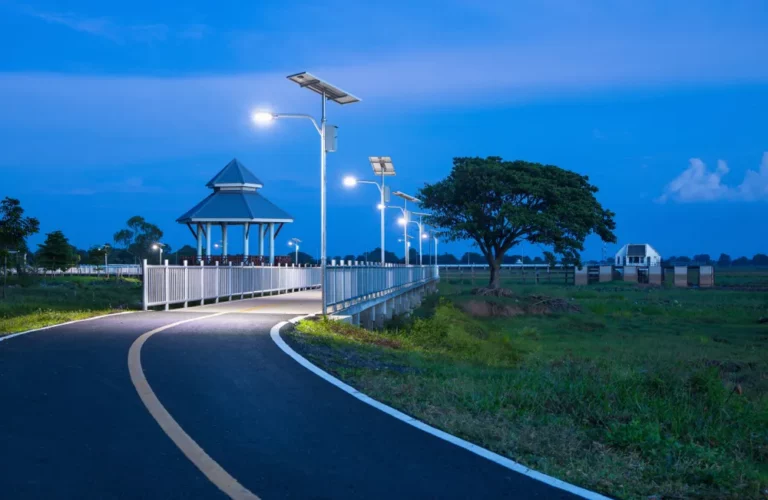
Park & Recreation Lighting
Lighting the Way: LED Outdoor Light Video Insights
Do You Have Any Other Questions?
Different chips, or the same chip but different brightness versions. The brightness will be different. But for the same chip and the same brightness version, the brightness will be slightly different. But please clarify the brightness difference between LEDs and lamps.
A: Kelvin is a way to measure “temperature”, and the light emitted by LED lamps will emit a certain color, which we classify as CTT (Kelvin). For example, warm (lower color temperature) light is often used in public areas to promote relaxation, while cool (higher color temperature) light is used to improve attention in offices.
The color rendering index is a numerical value that reflects the color of the physical object. The higher the color rendering index, the higher the cost.
A: Power factor and efficiency are numerical values that reflect the electrical performance of the driver. The higher the power factor and efficiency, the higher the cost. Please feel free to contact us for other questions, and we will reply you as soon as possible.
Solar street lights absorb sunlight during the day through solar panels, convert it into electricity and store it in batteries. At night, the controller automatically turns on the LED lamps according to changes in ambient light and uses the stored electricity to provide lighting.
LED street lights have the advantages of high brightness, high efficiency, long life, energy saving and environmental protection. They do not contain harmful substances such as mercury and lead, and have little impact on the environment during production and recycling. They are truly green lighting solutions.
The directional characteristics of LED light sources enable the beam to be precisely controlled. Through advanced optical design and light distribution technology, LED street lights can achieve efficient light distribution, reduce light pollution and improve lighting efficiency.
Common problems include LED driver failure, LED chip quality problems, insufficient surge protection device (SPD) function, insufficient IP/IK rating, poor heat dissipation, poor powder coating quality, unreasonable lighting distribution and low efficiency. Solutions involve selecting LED drivers from well-known brands, using high-quality LED chips, installing additional SPDs, improving IP and IK ratings, designing effective heat dissipation systems, ensuring the quality of powder coatings and selecting appropriate optical lenses to achieve optimal lighting distribution.
Maintenance of LED street lights includes regular inspection of the appearance and internal wiring of the lamps to ensure that the lamp structure is stable, the waterproof seal is intact, and there is no physical damage, as well as checking whether the internal wiring is intact and there are no exposed and damaged cables. The emitting surface of the LED street light should also be cleaned regularly to maintain its clarity and brightness.
High-quality solar street lights usually have a service life of 5 to 10 years, depending on product quality and maintenance. The life of solar panels is generally 25 to 30 years, but their efficiency may gradually decrease.
